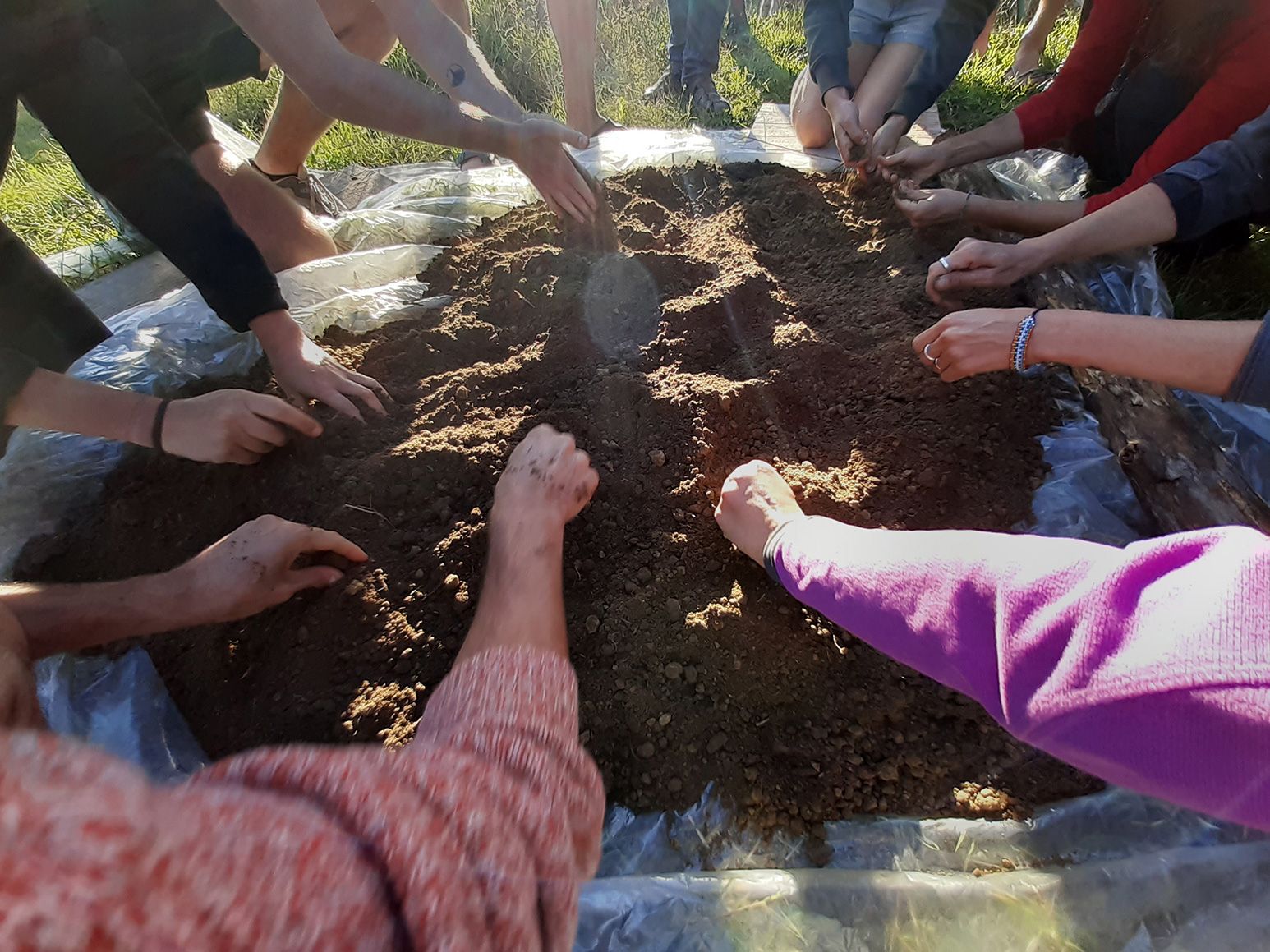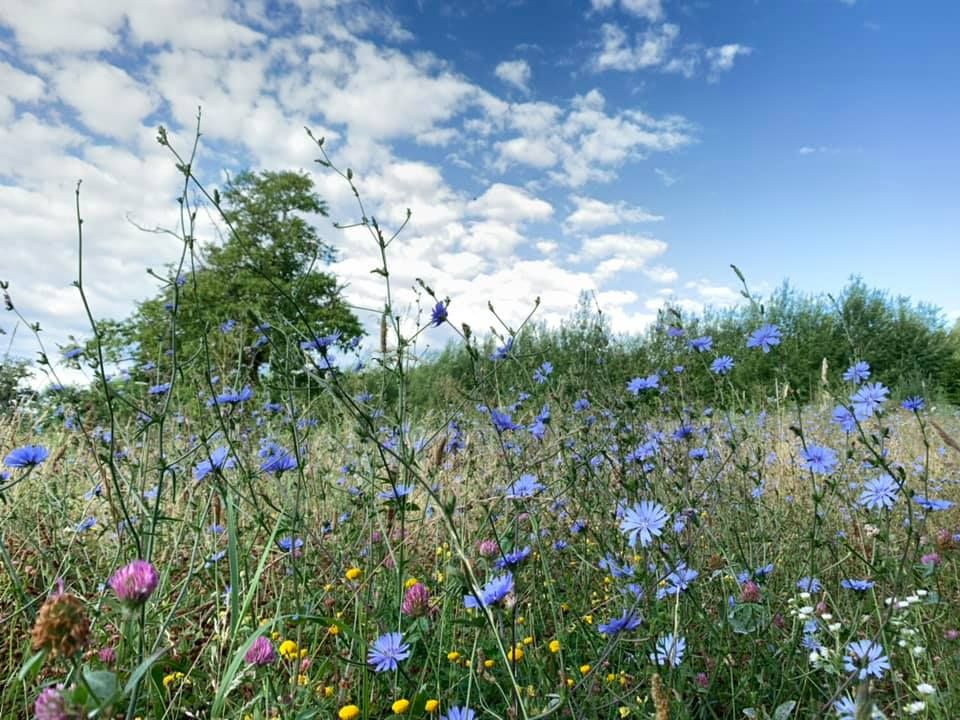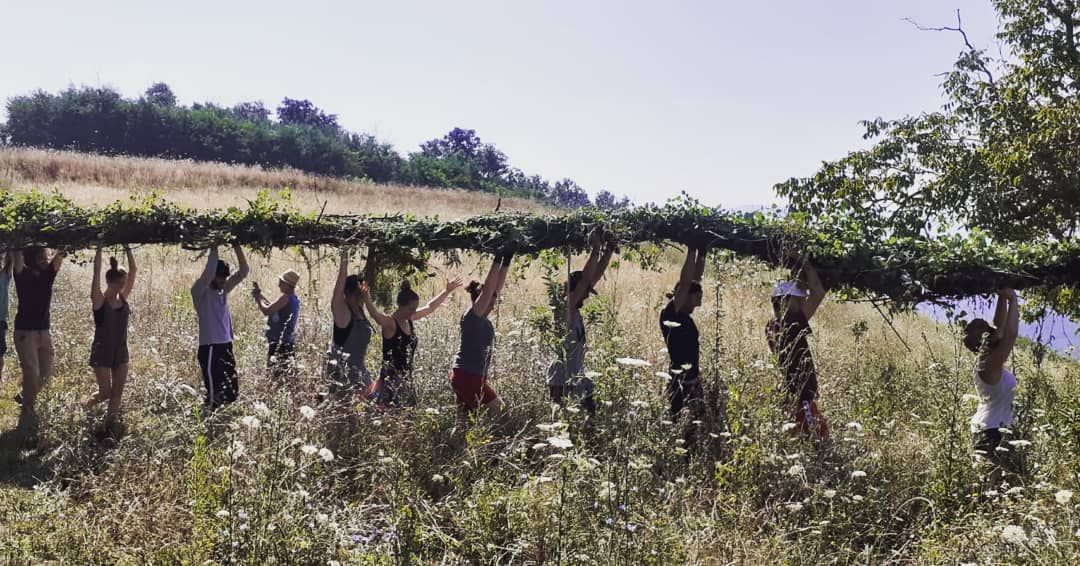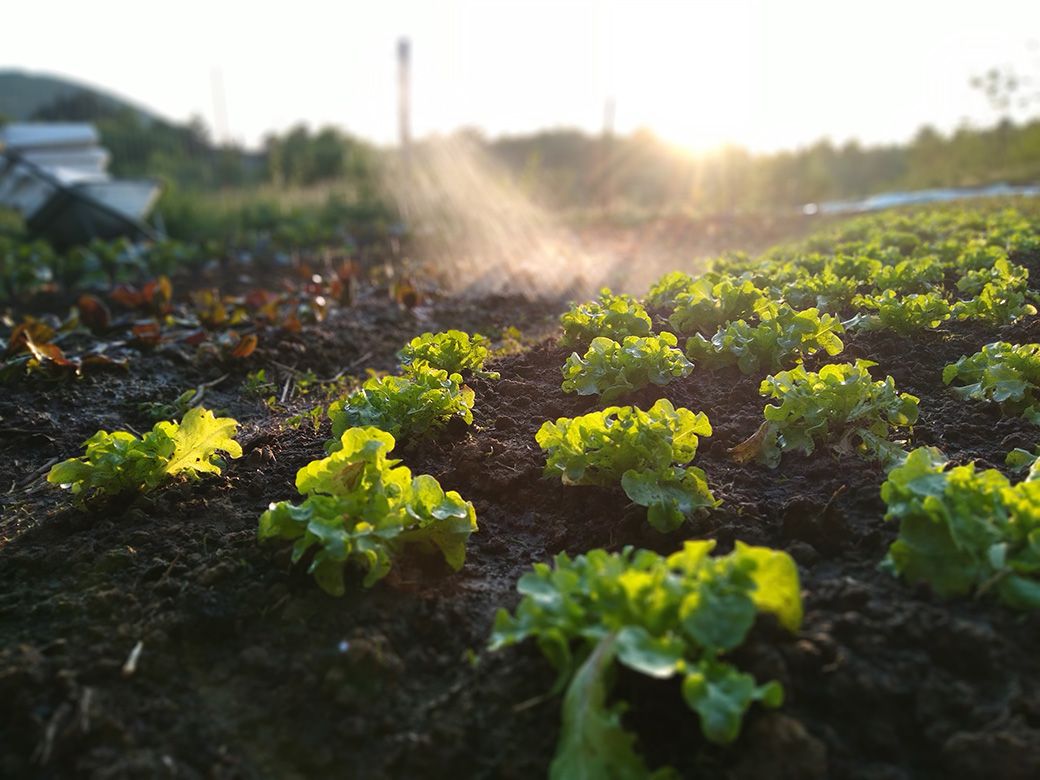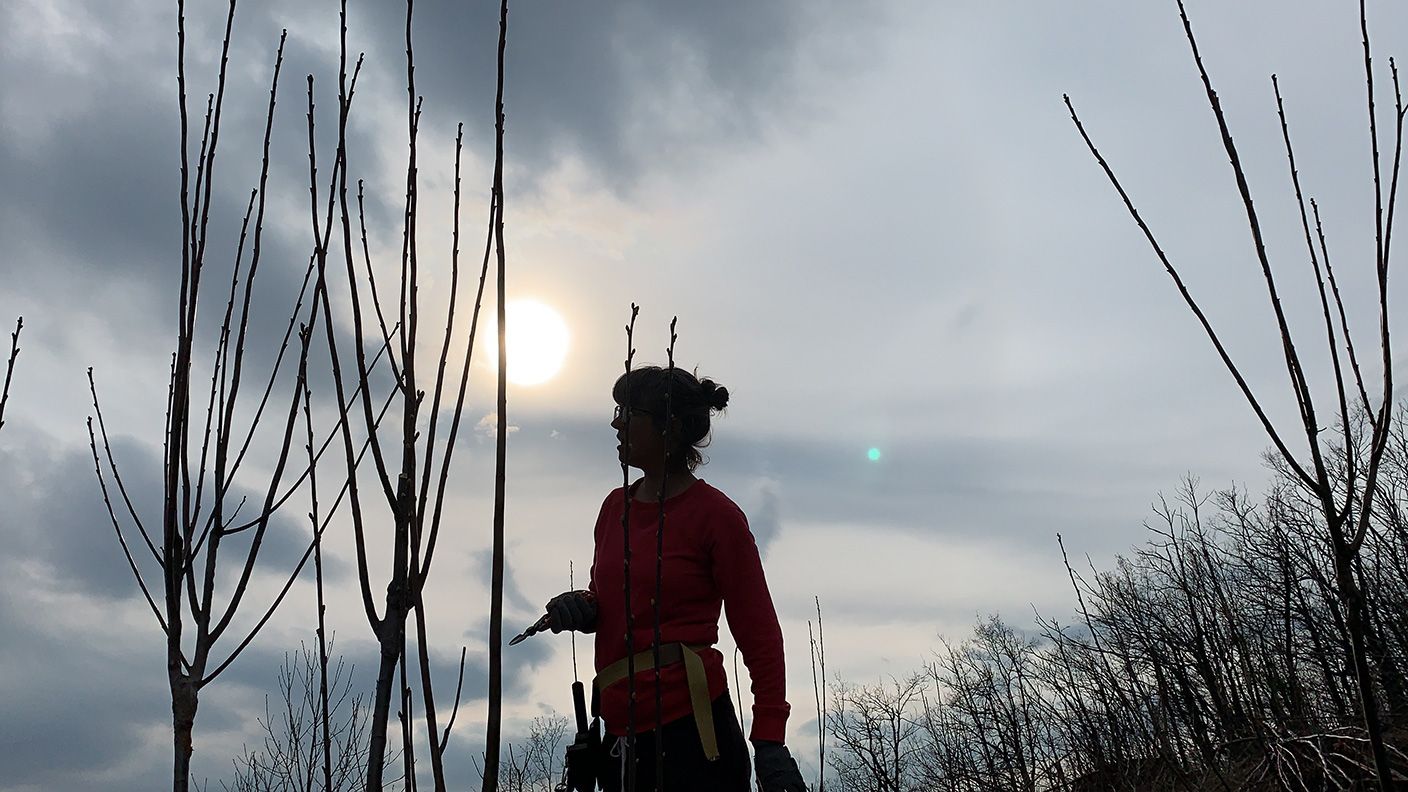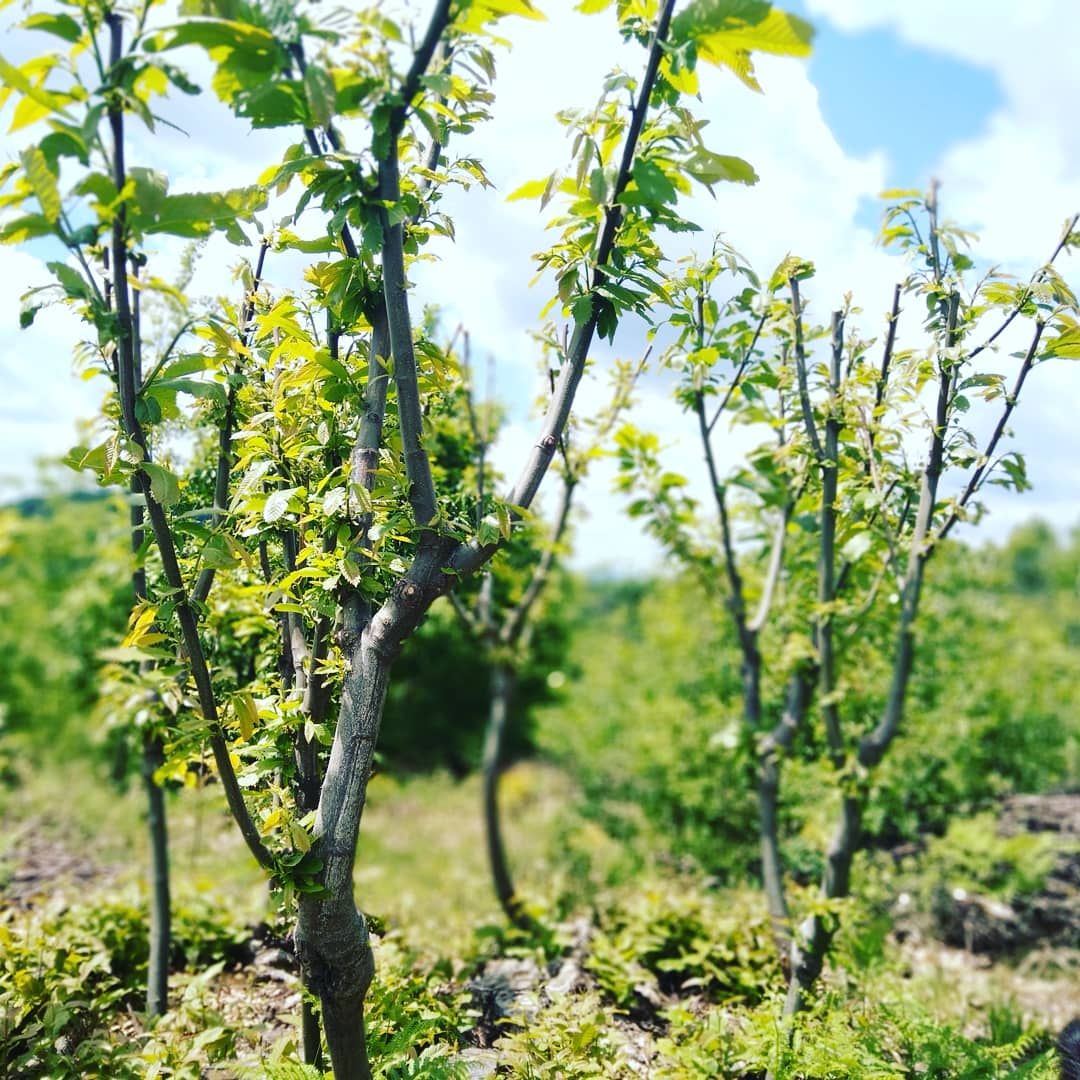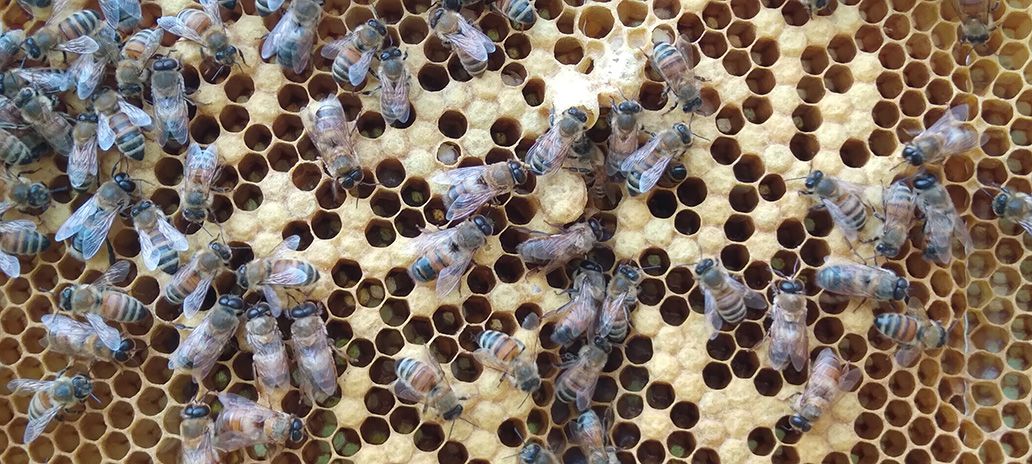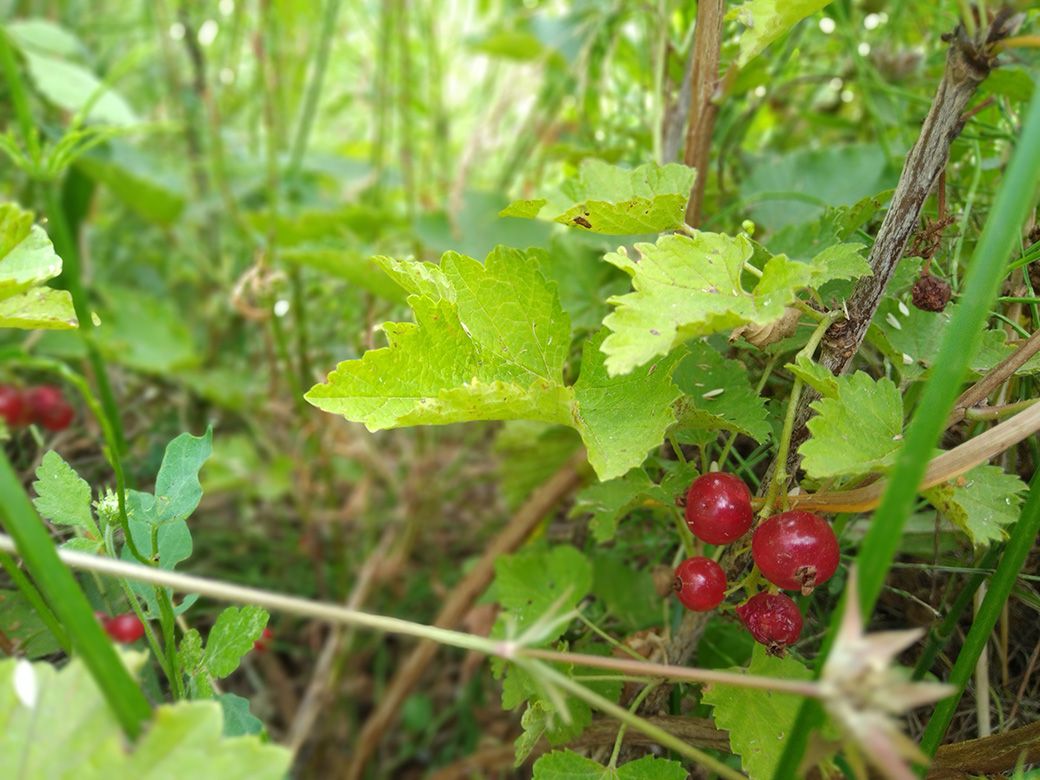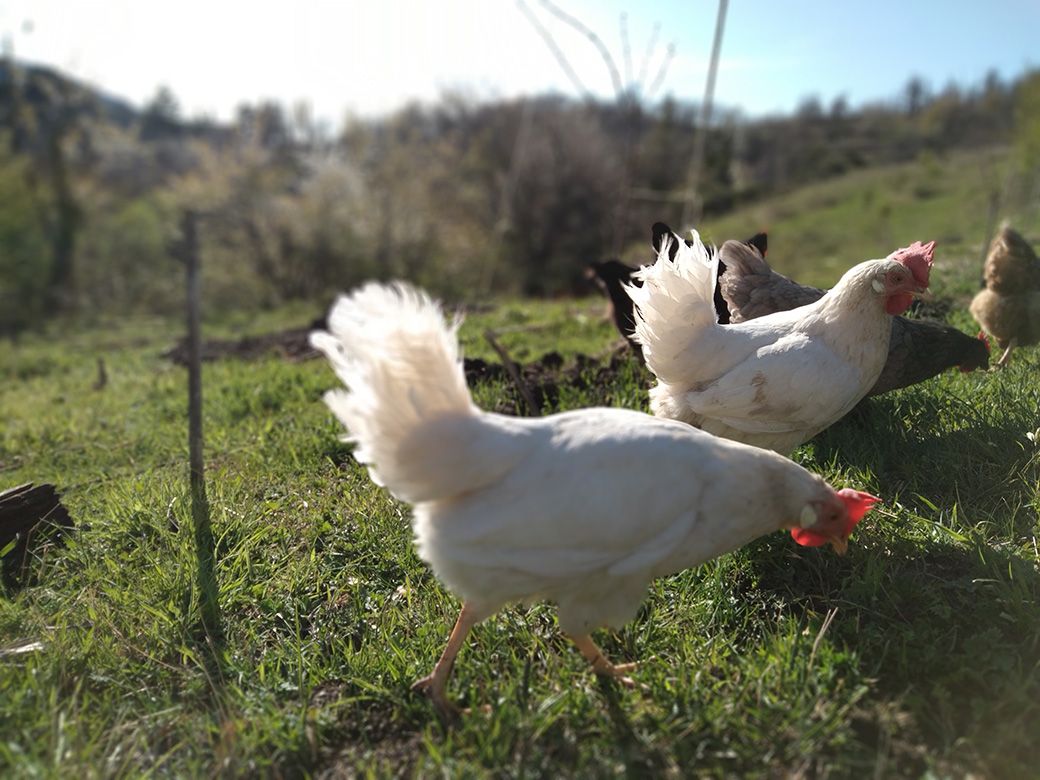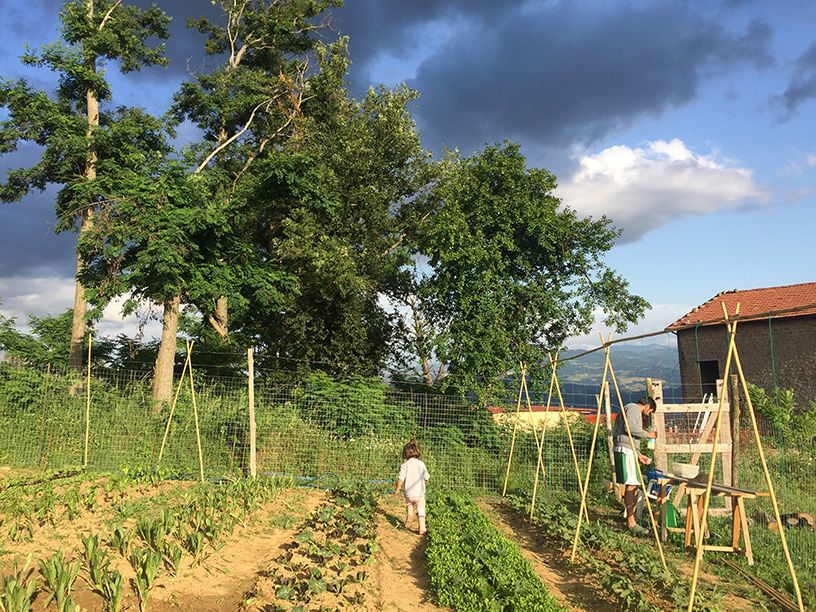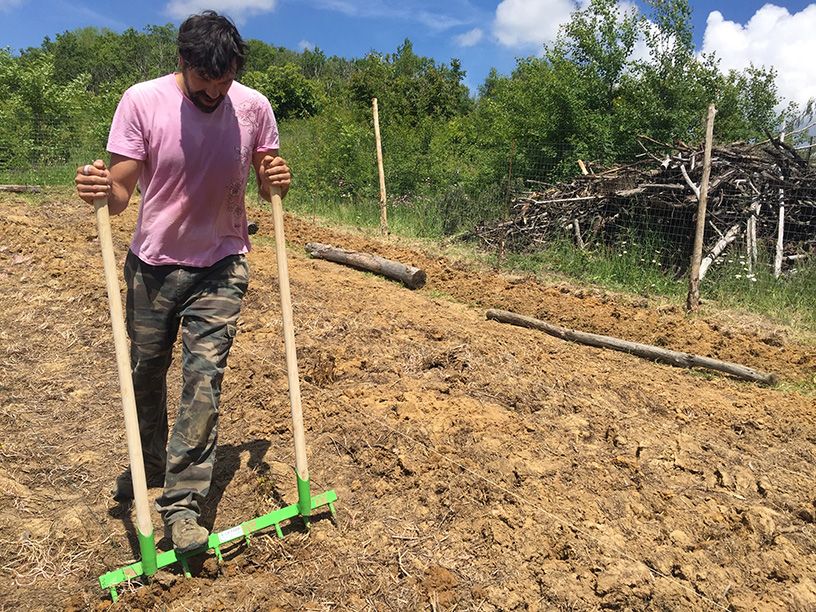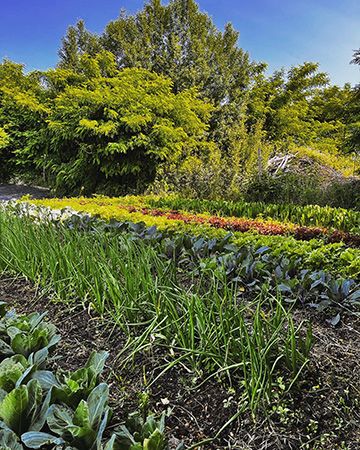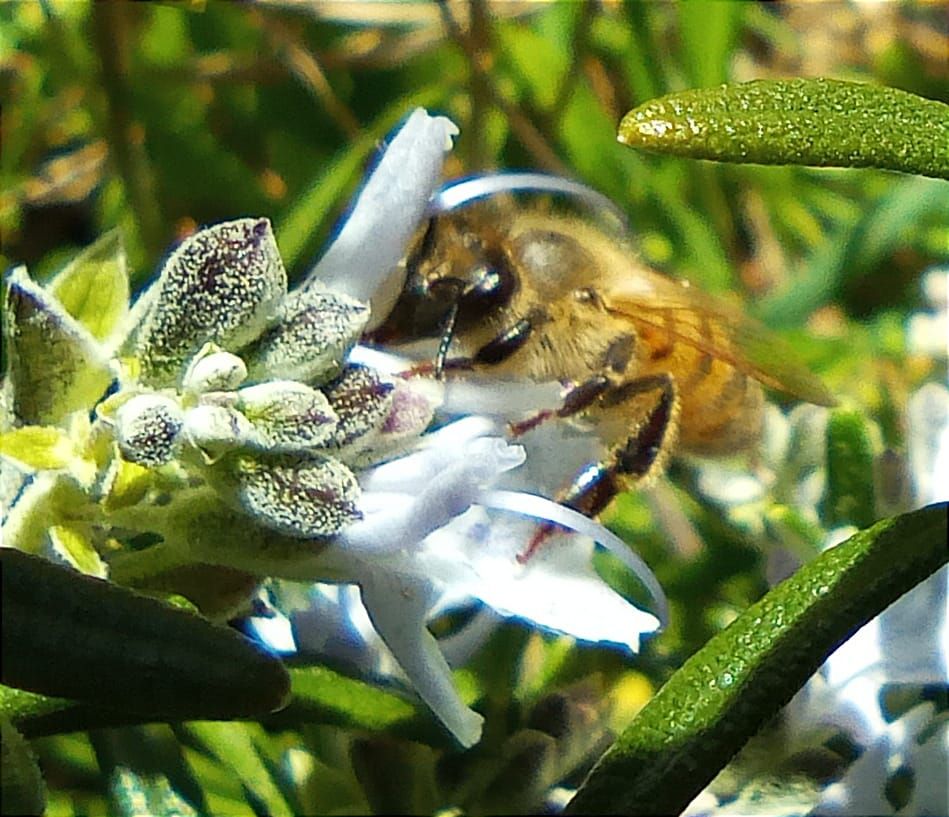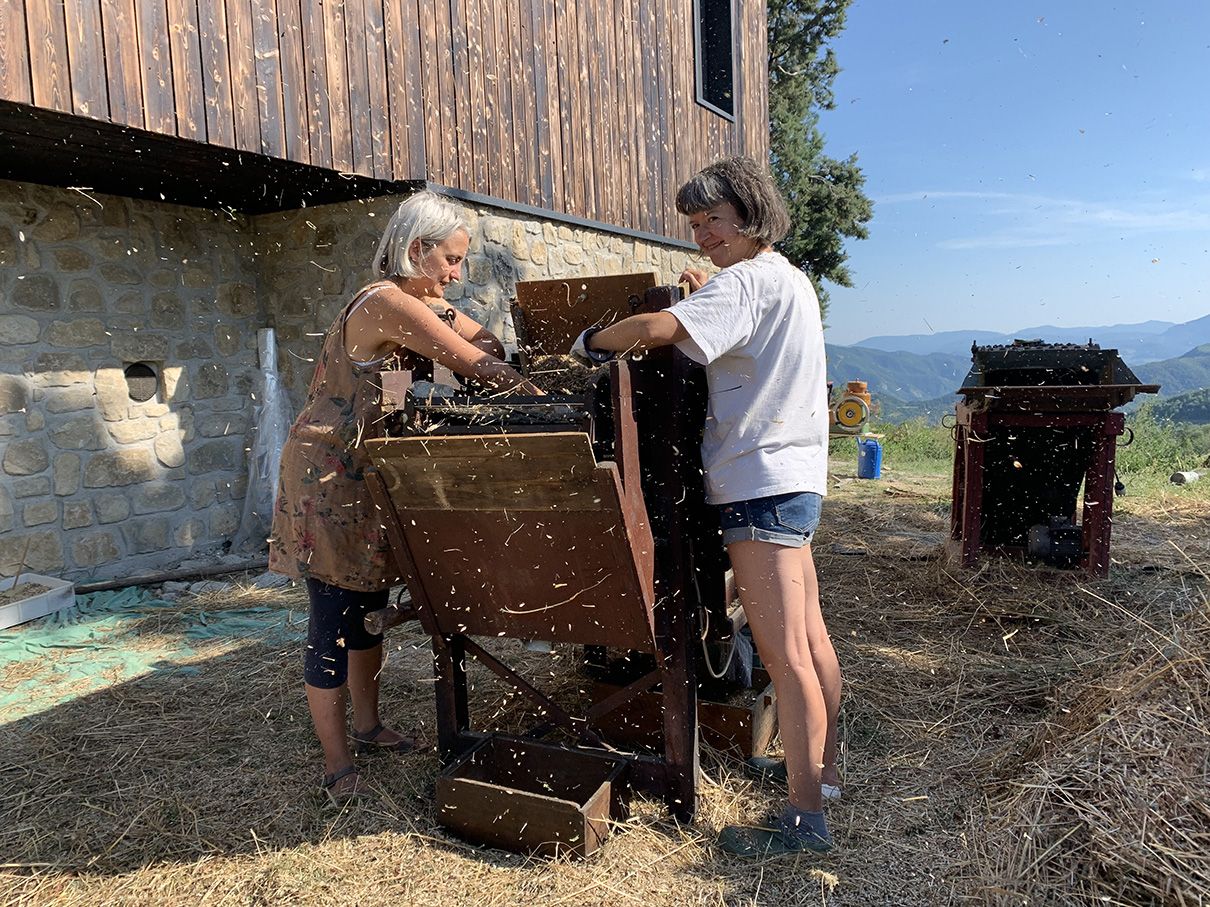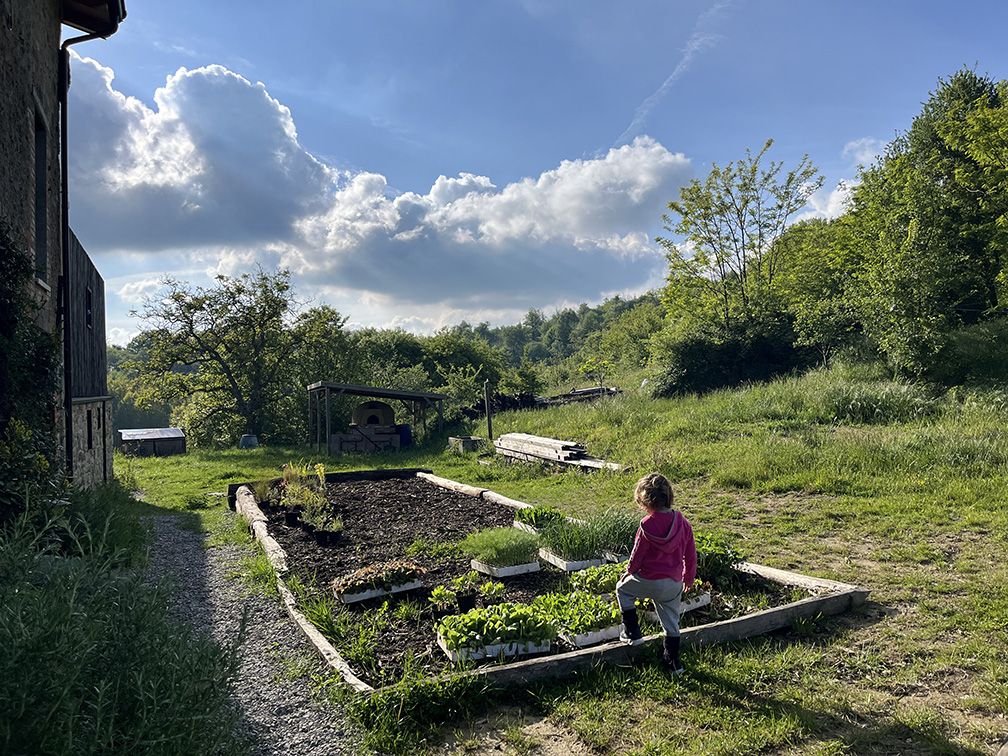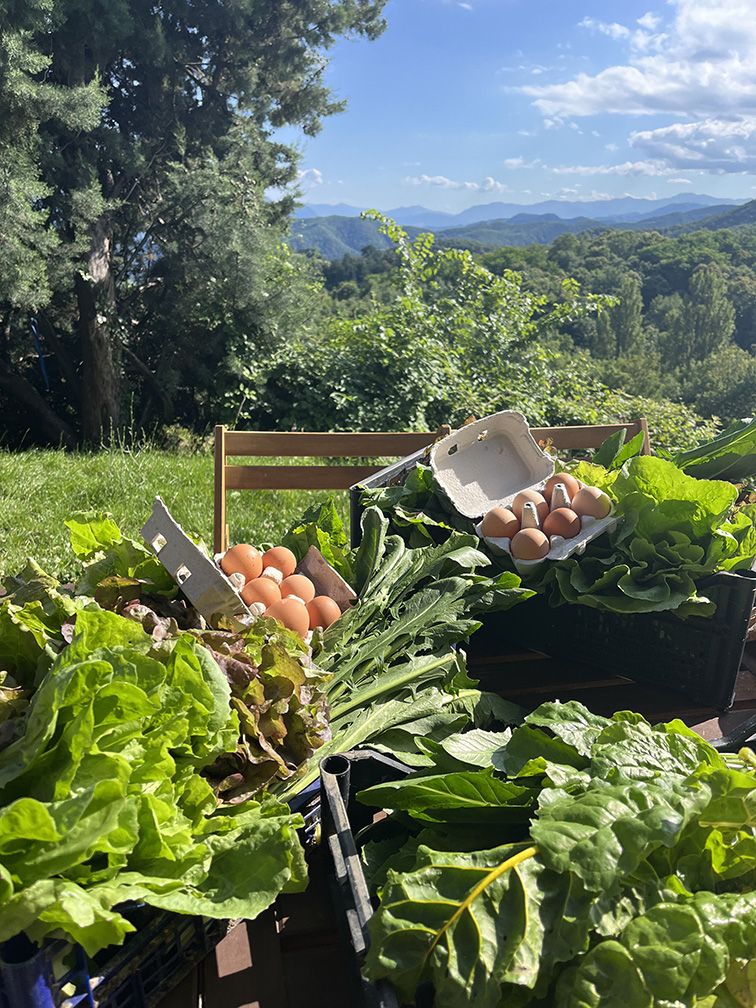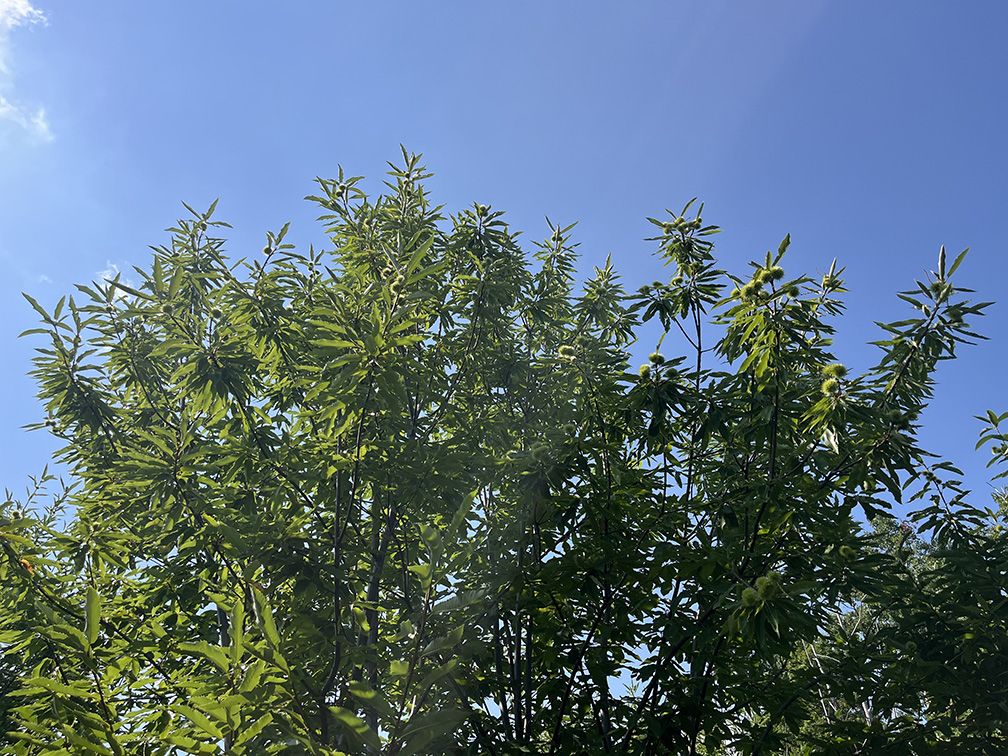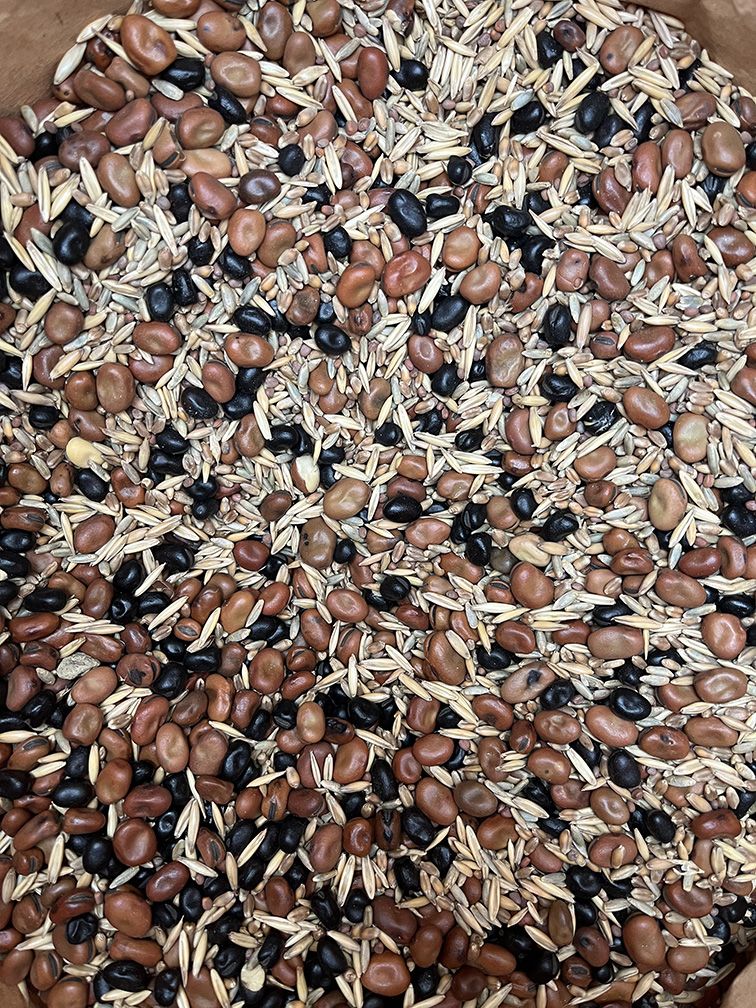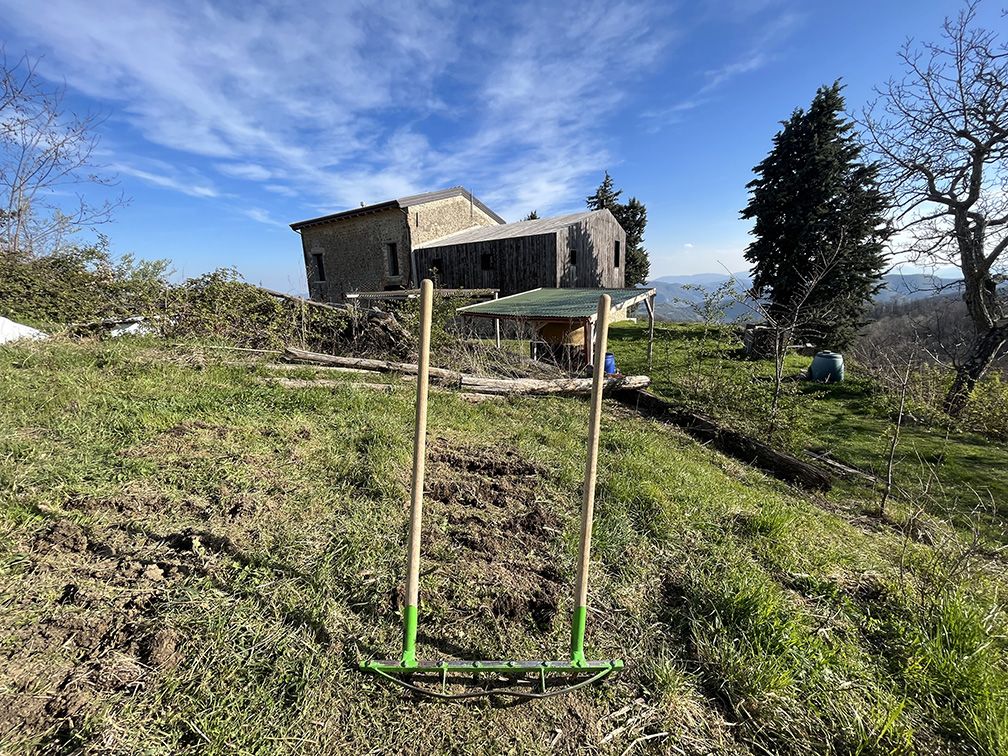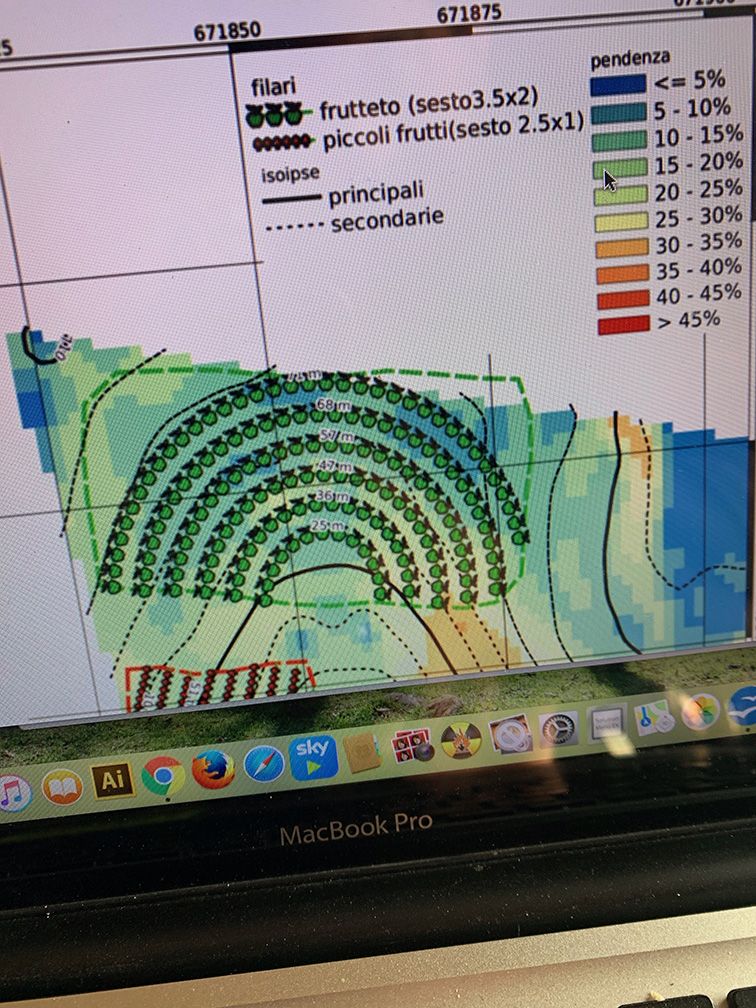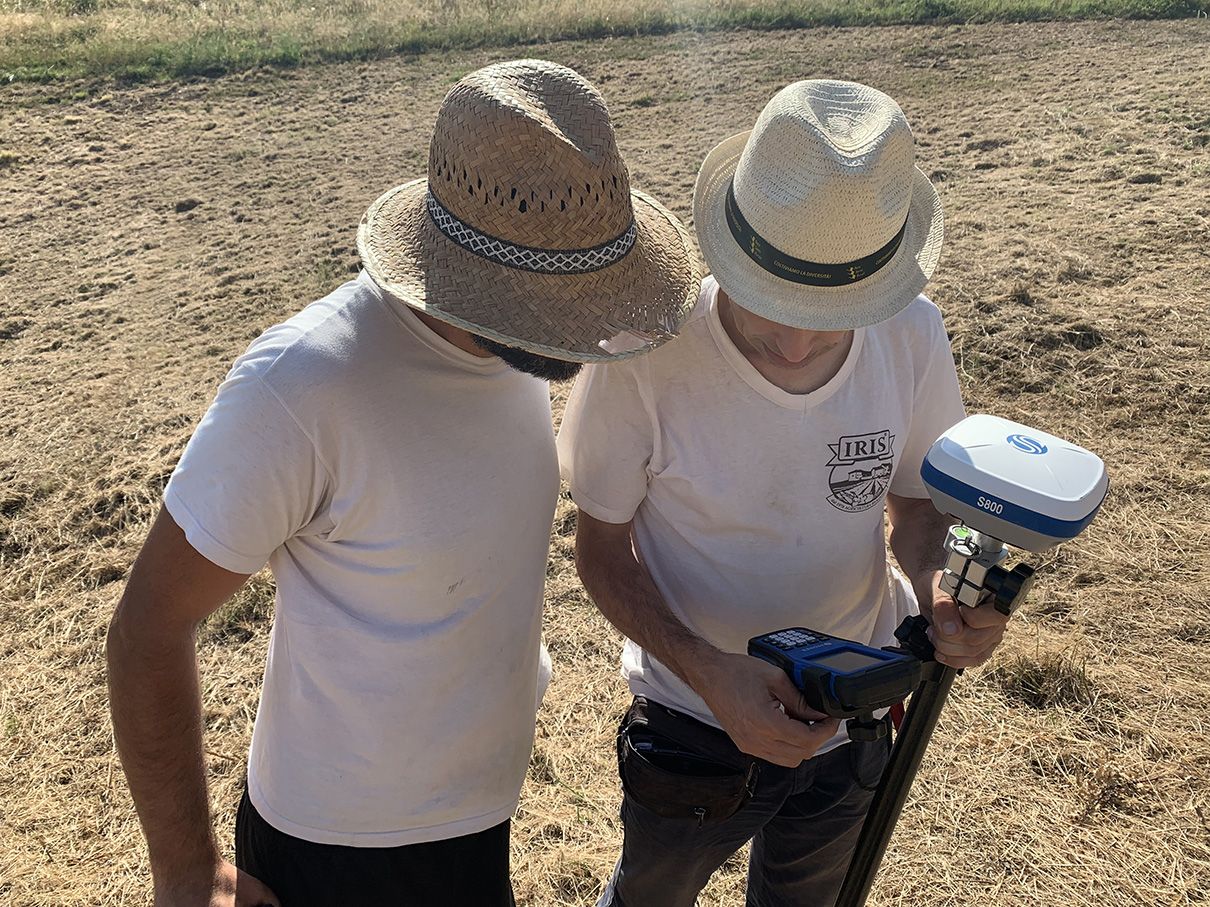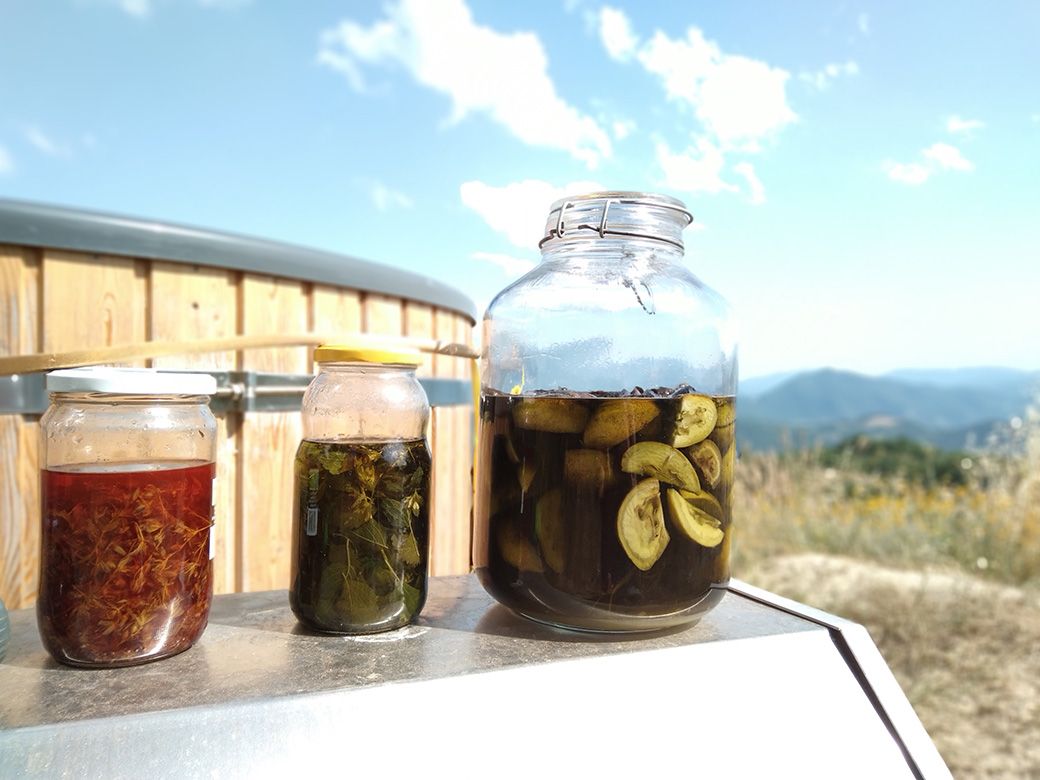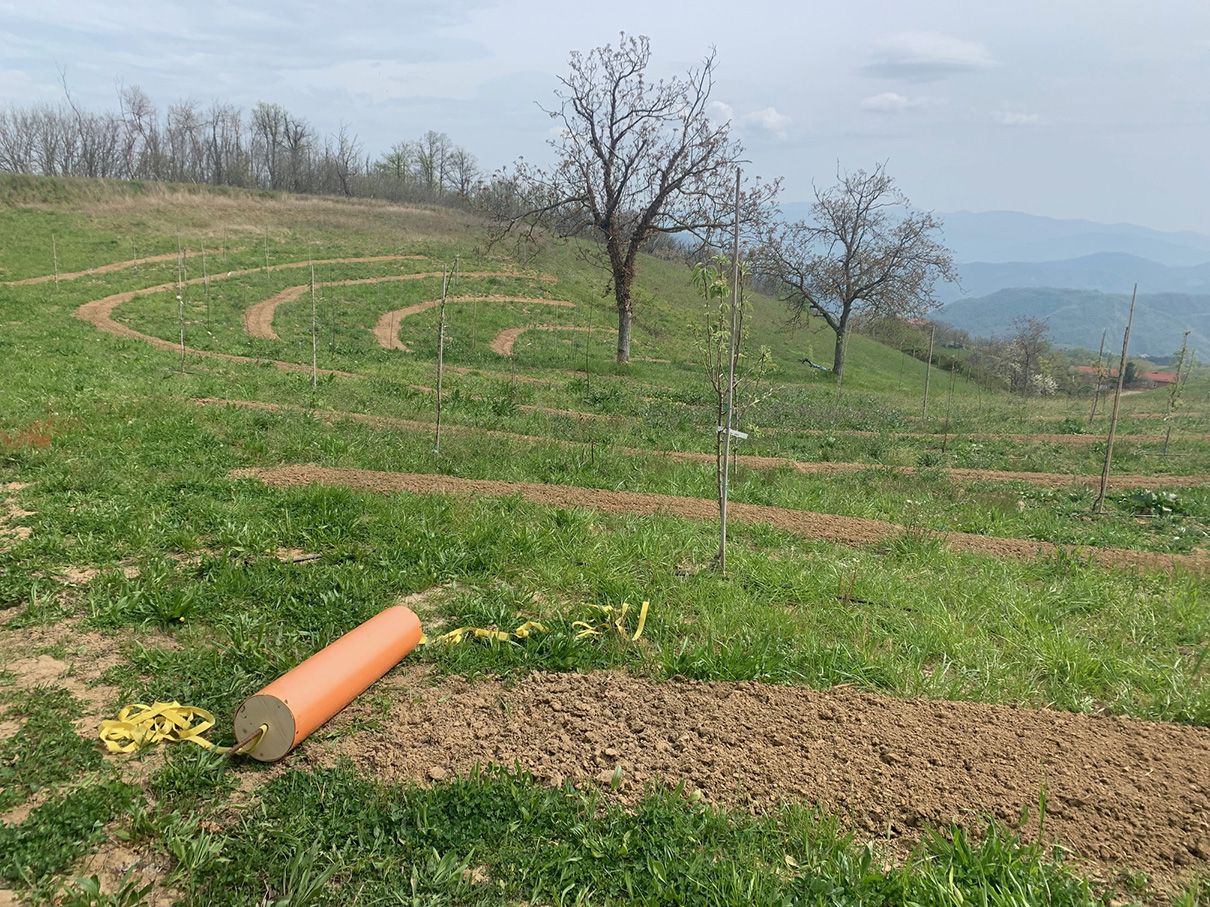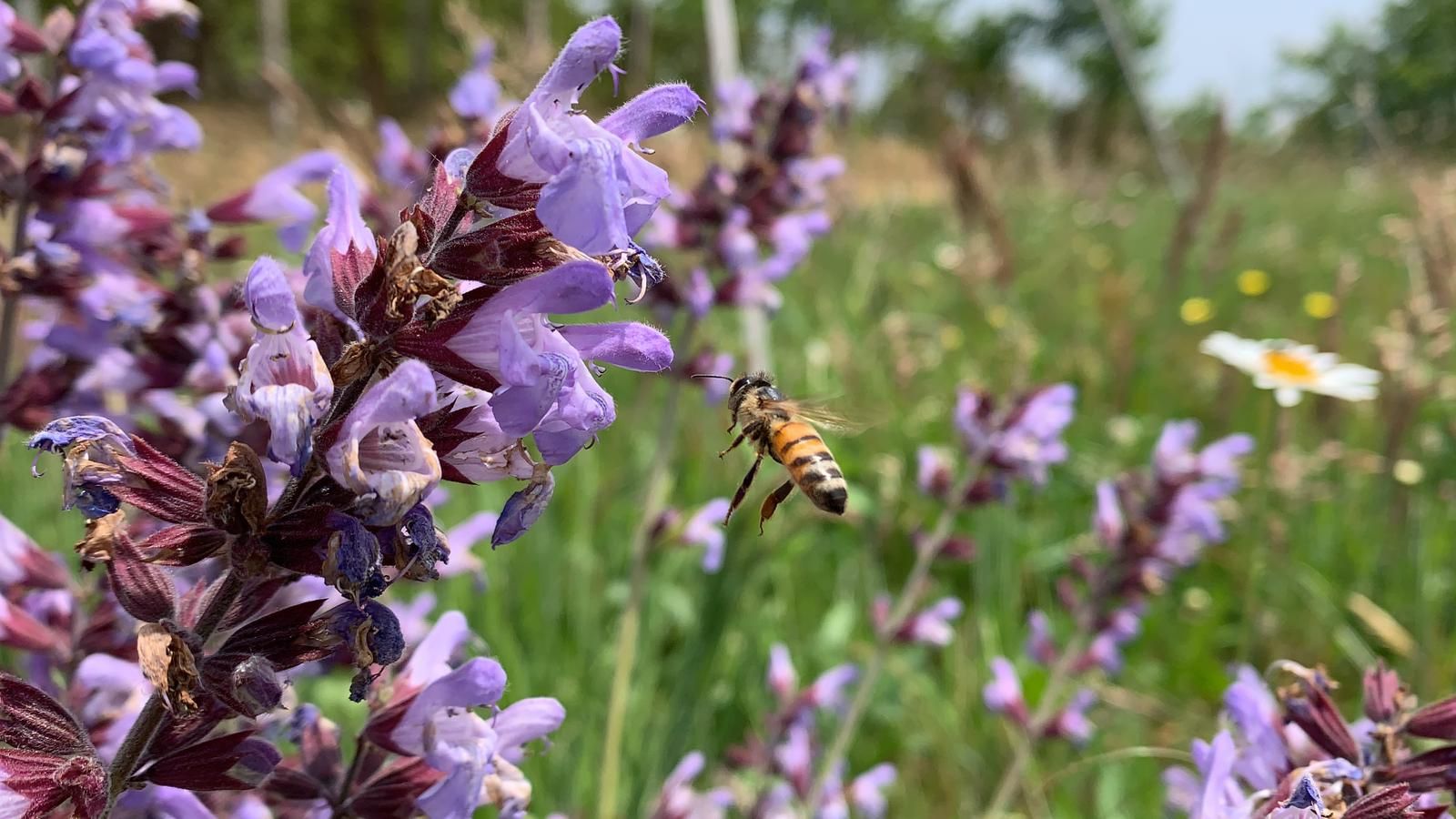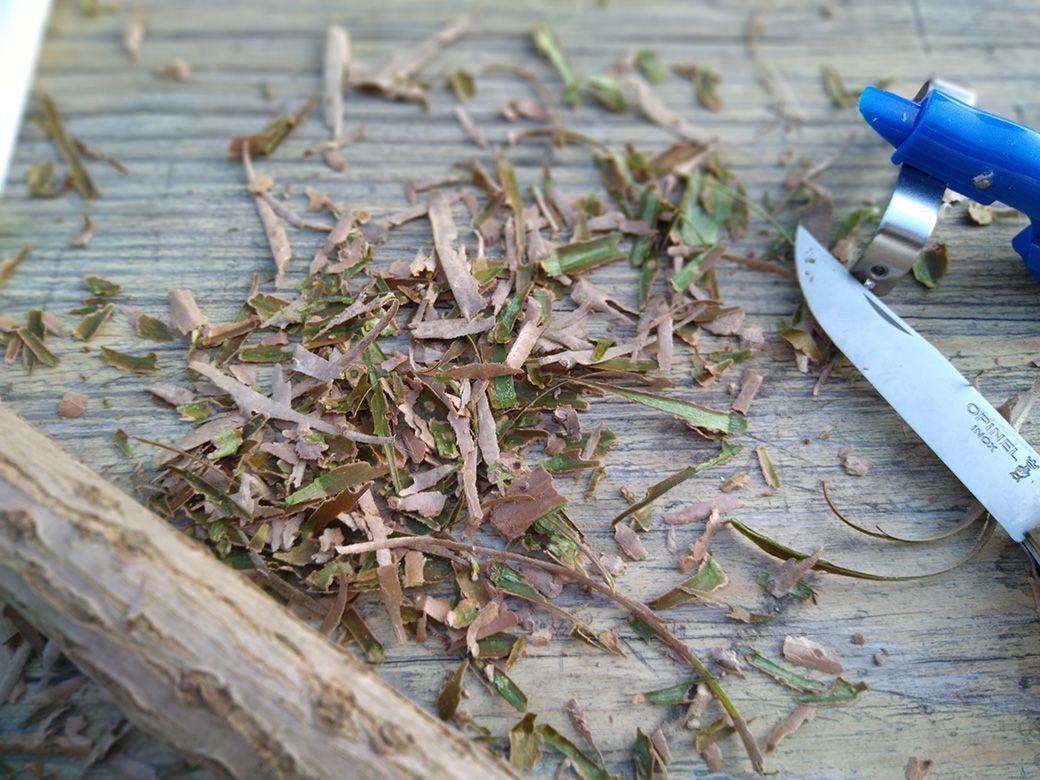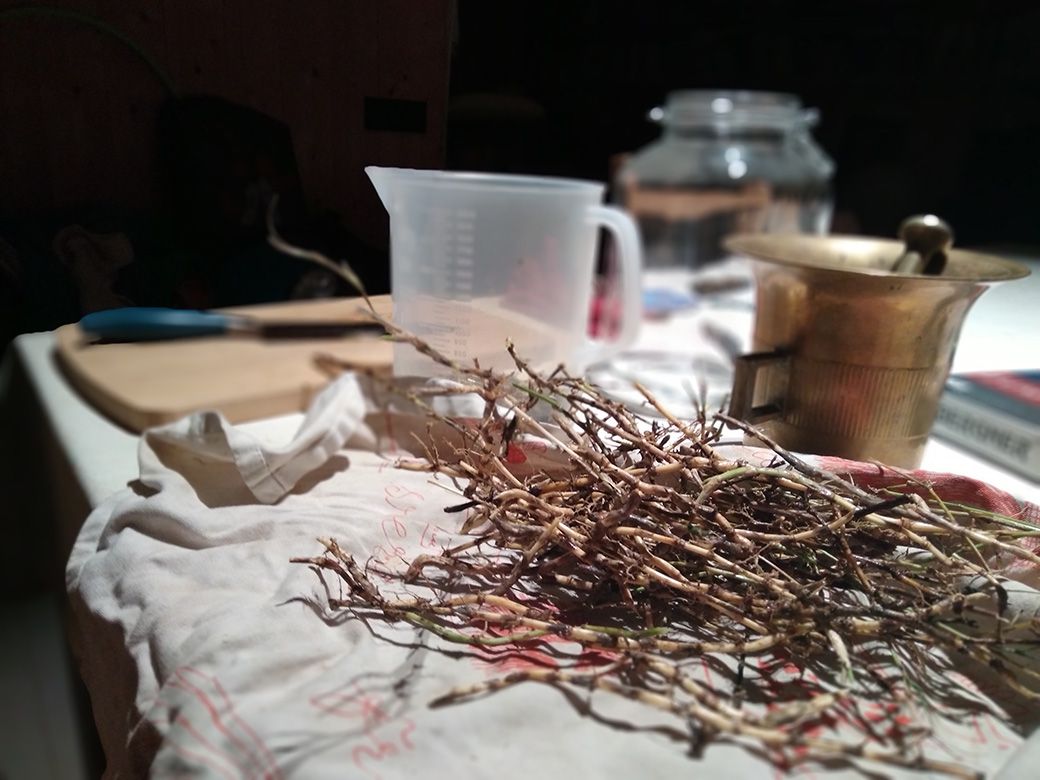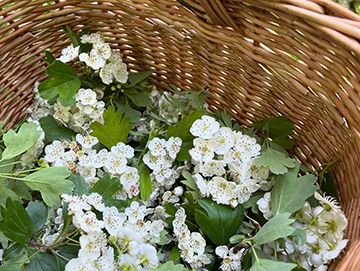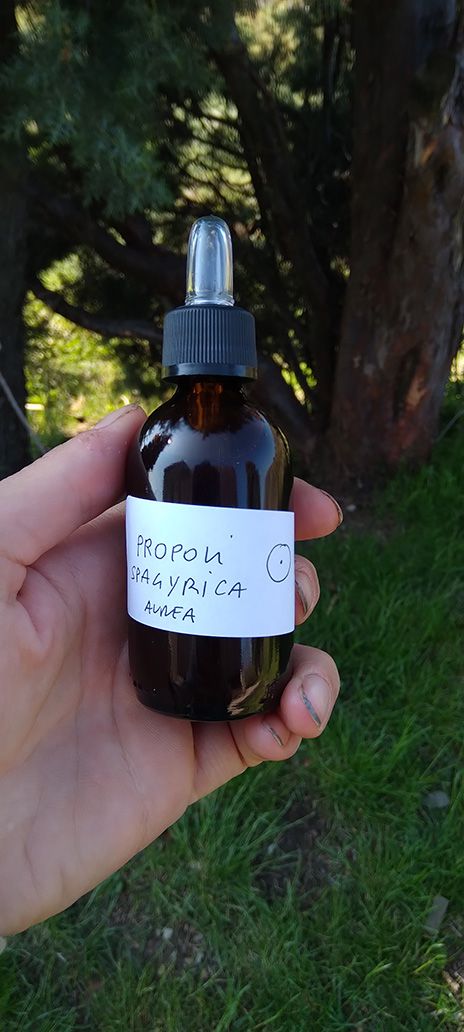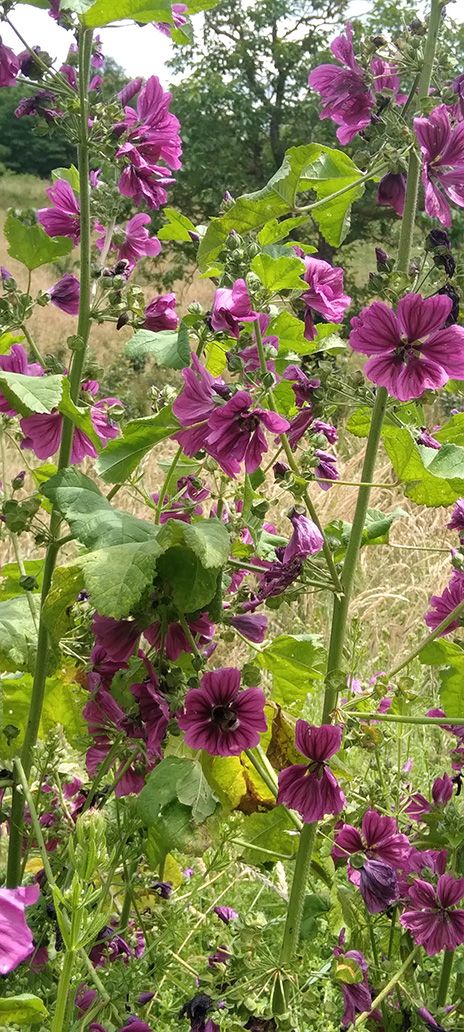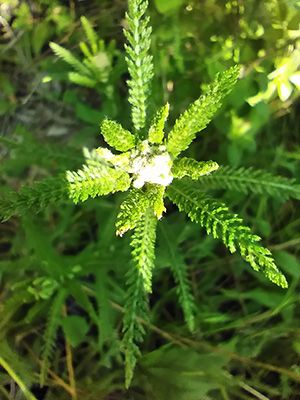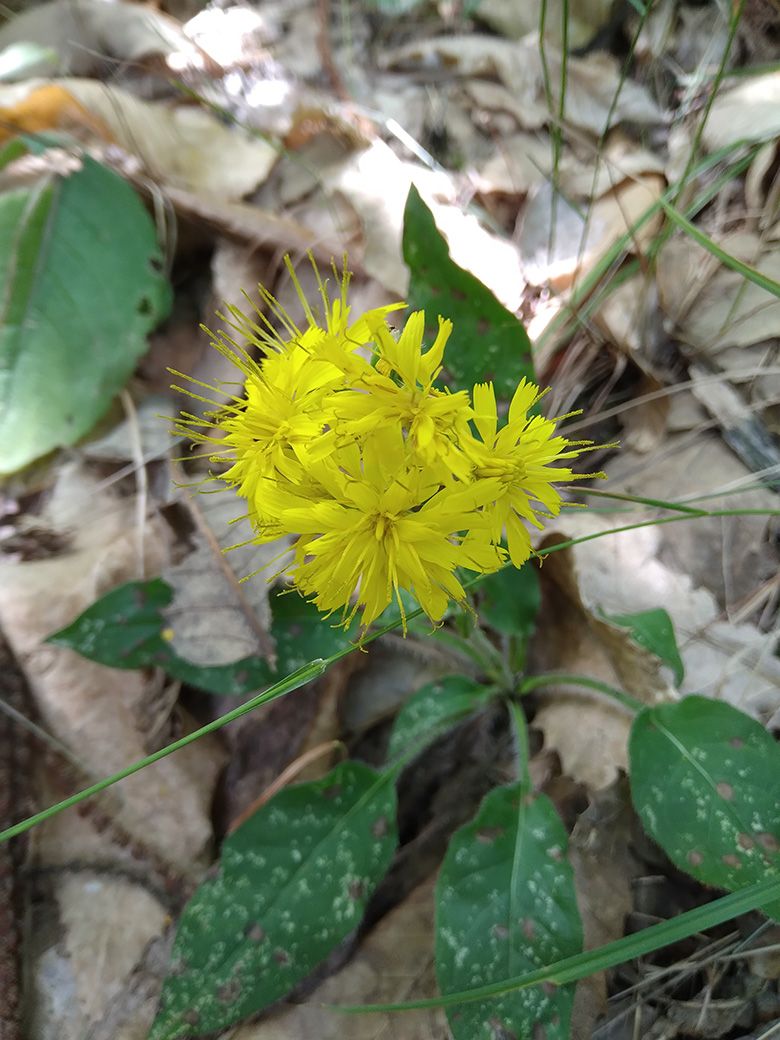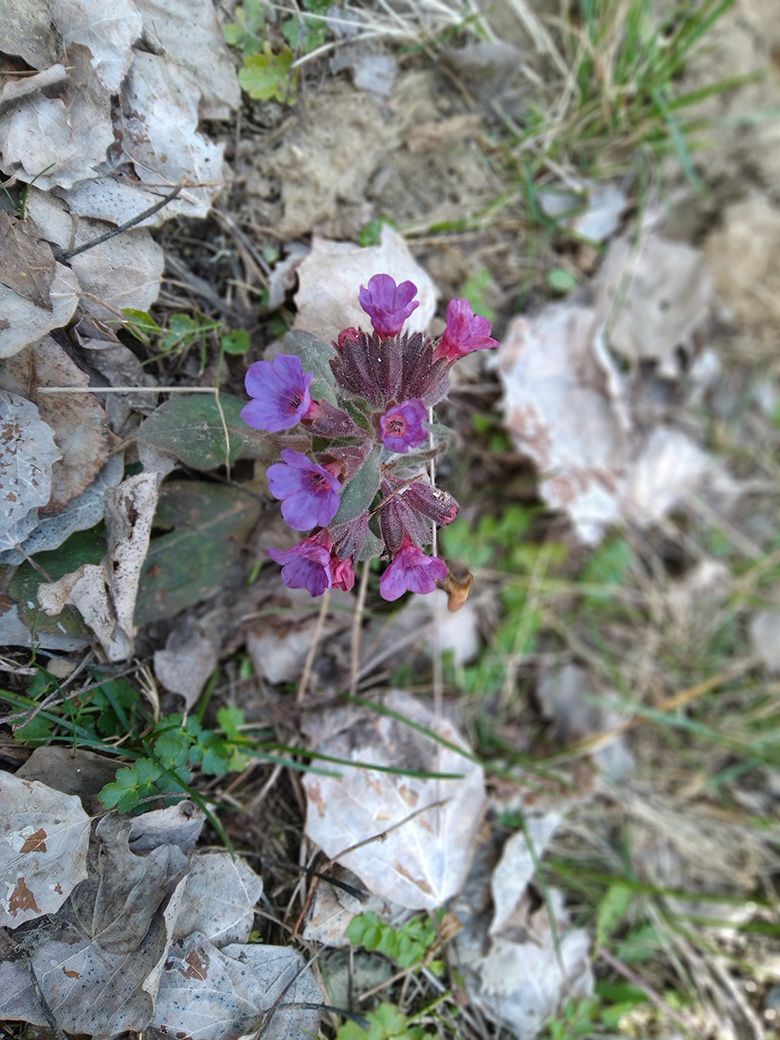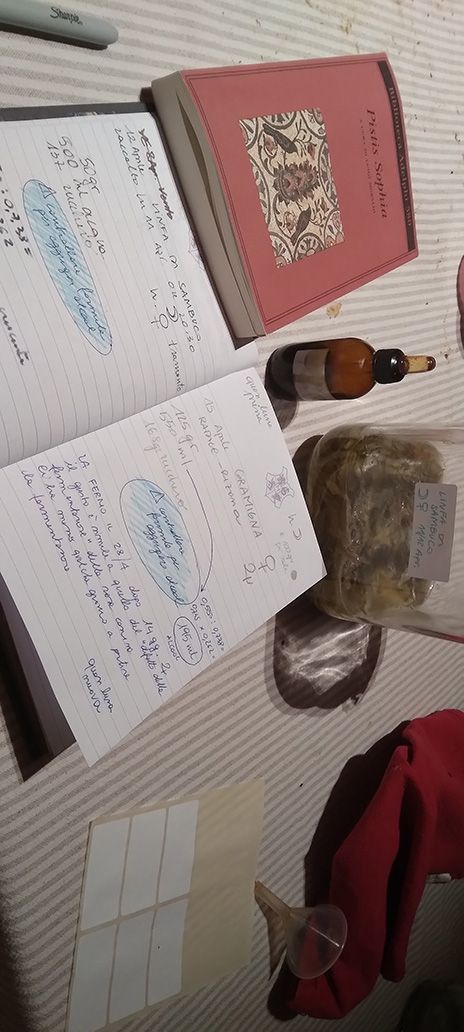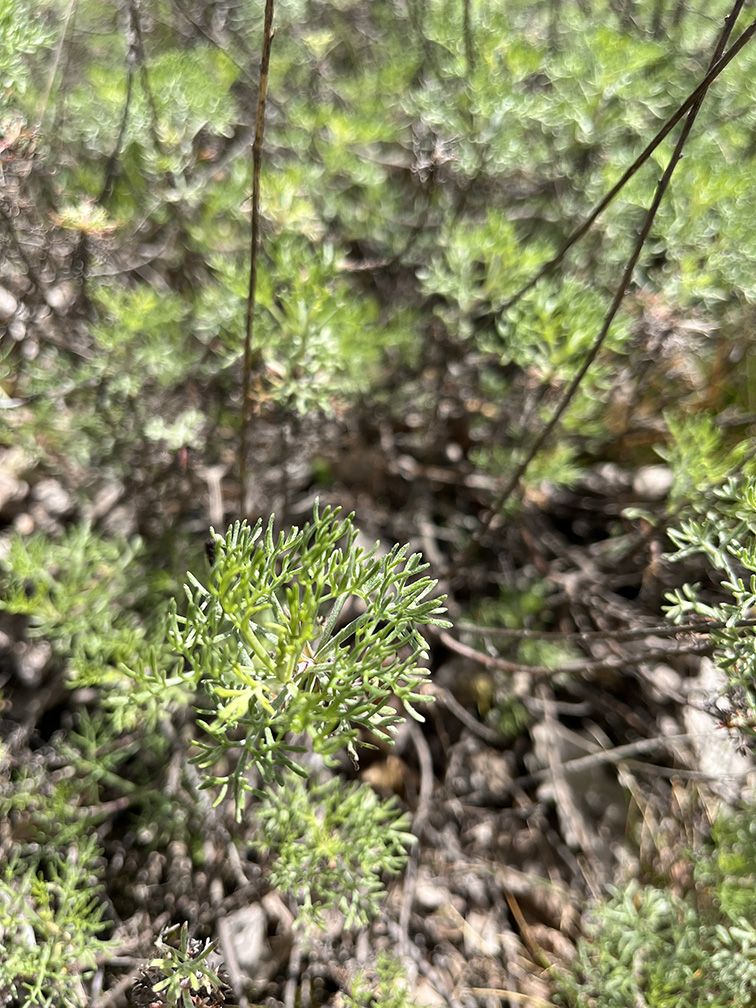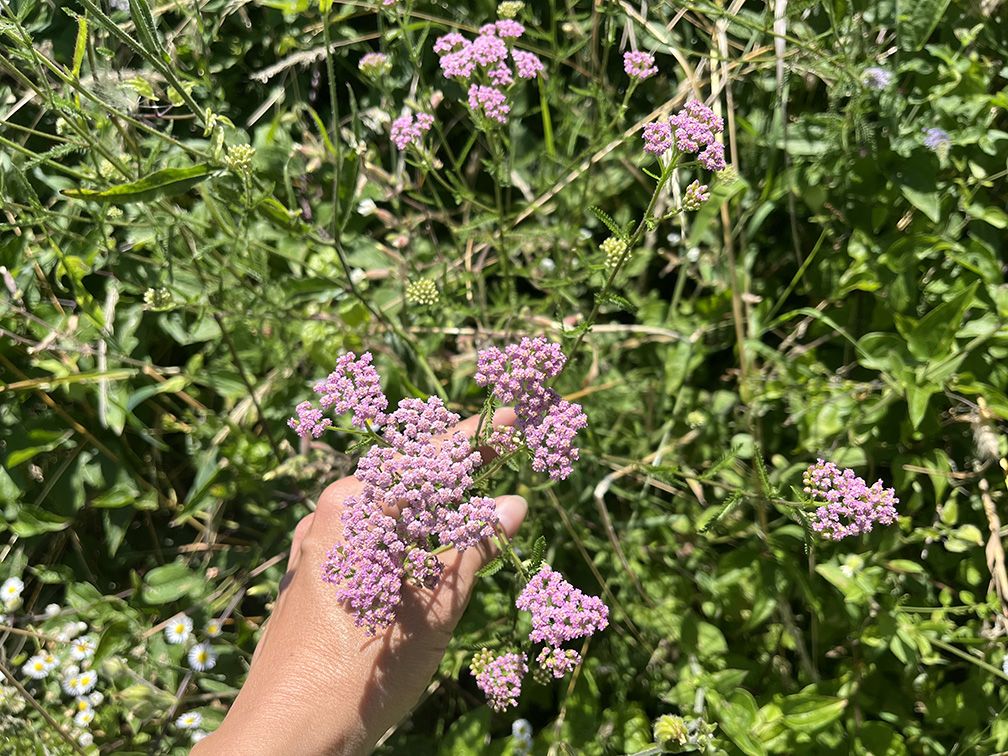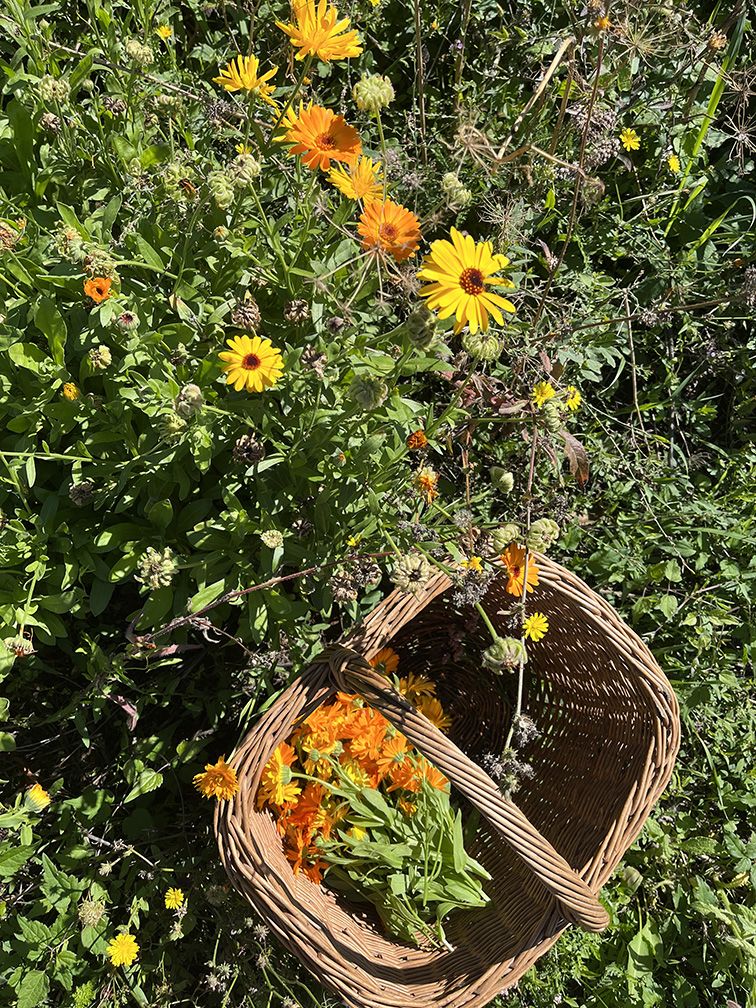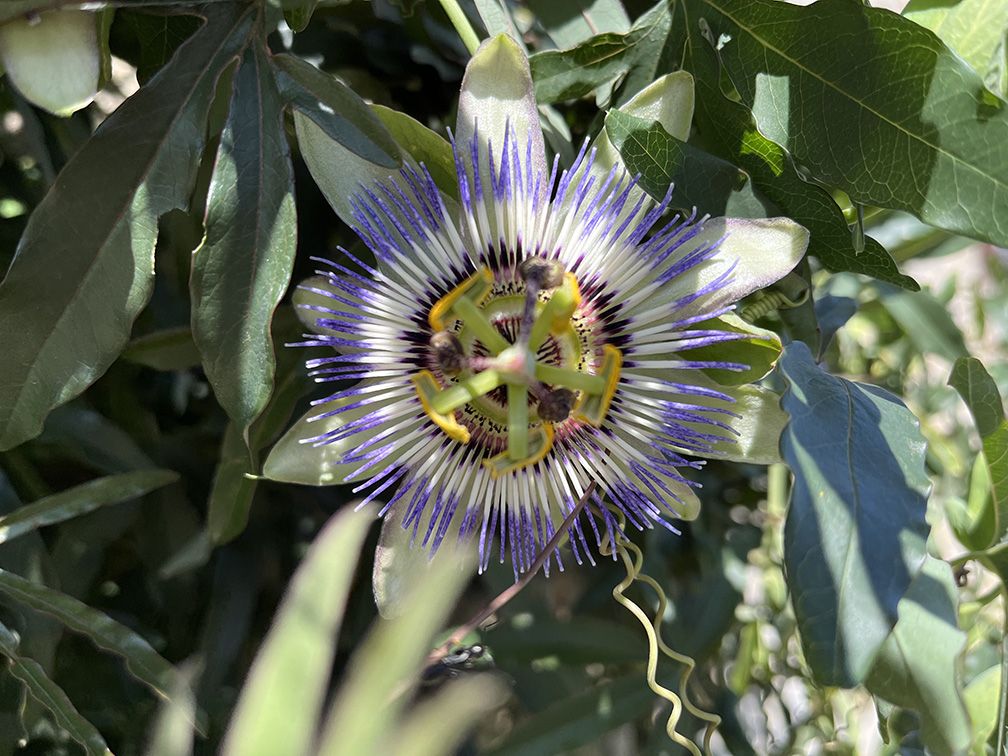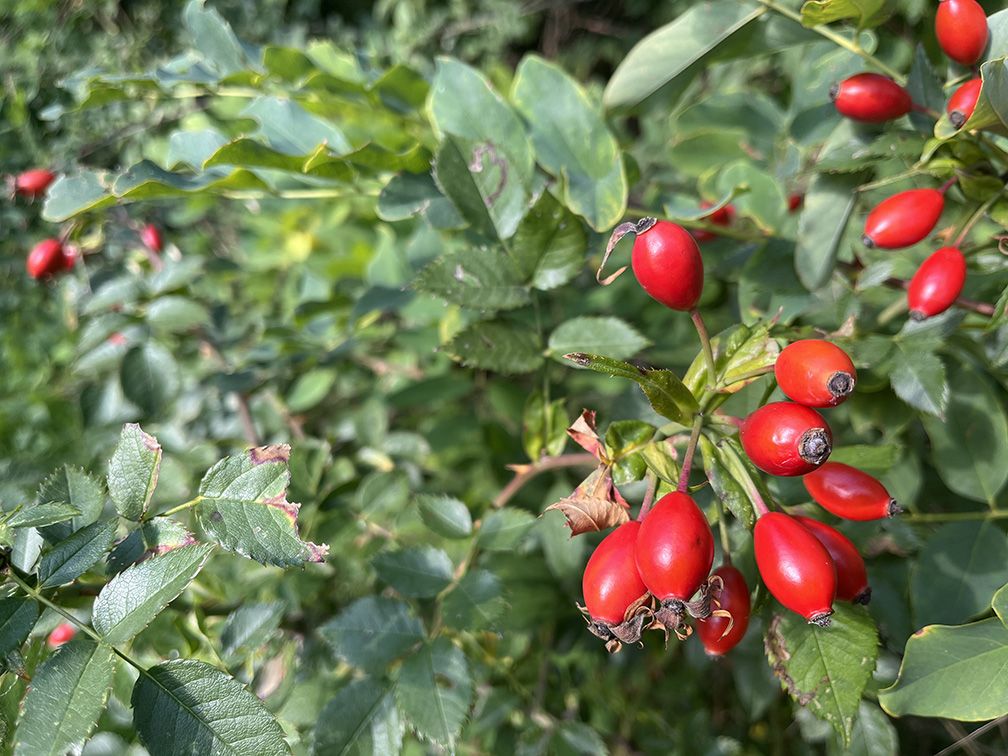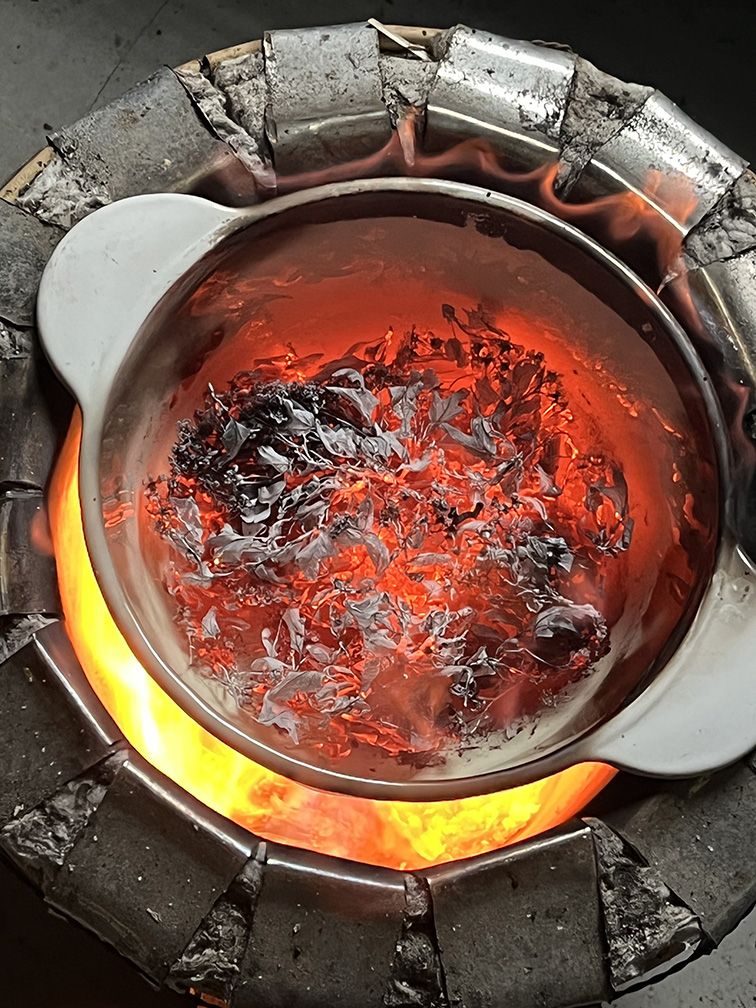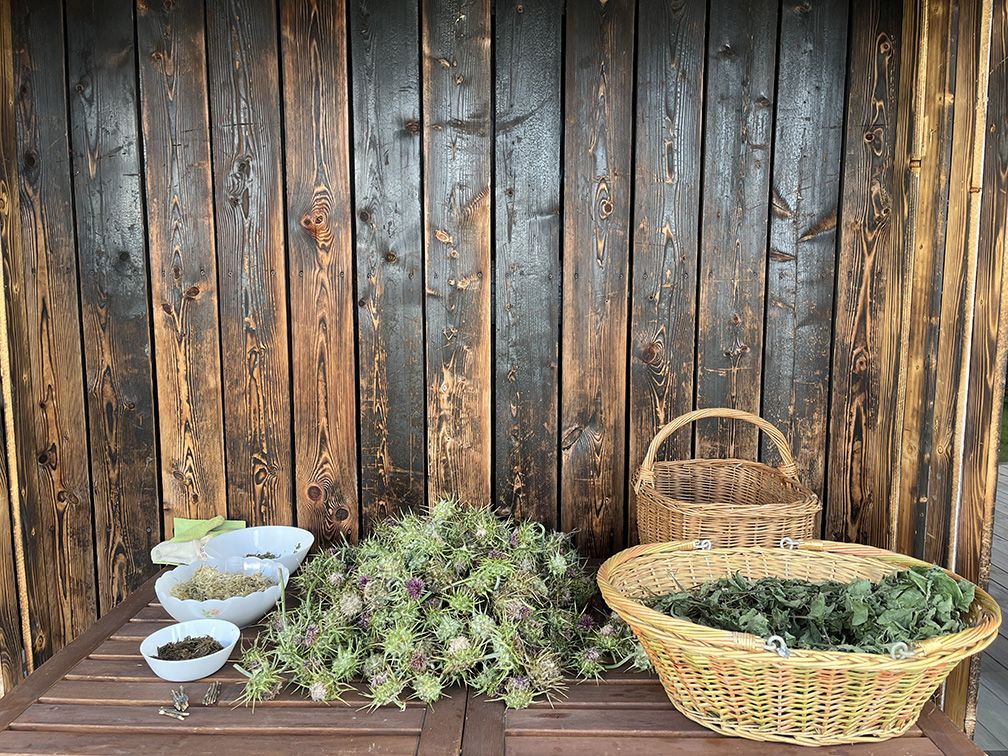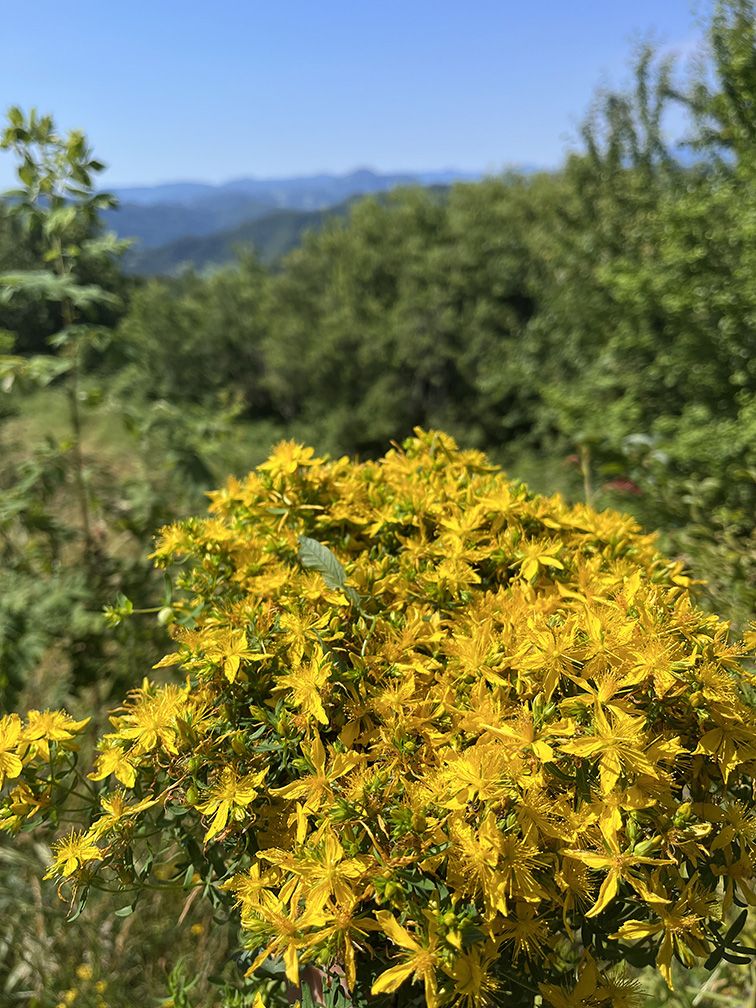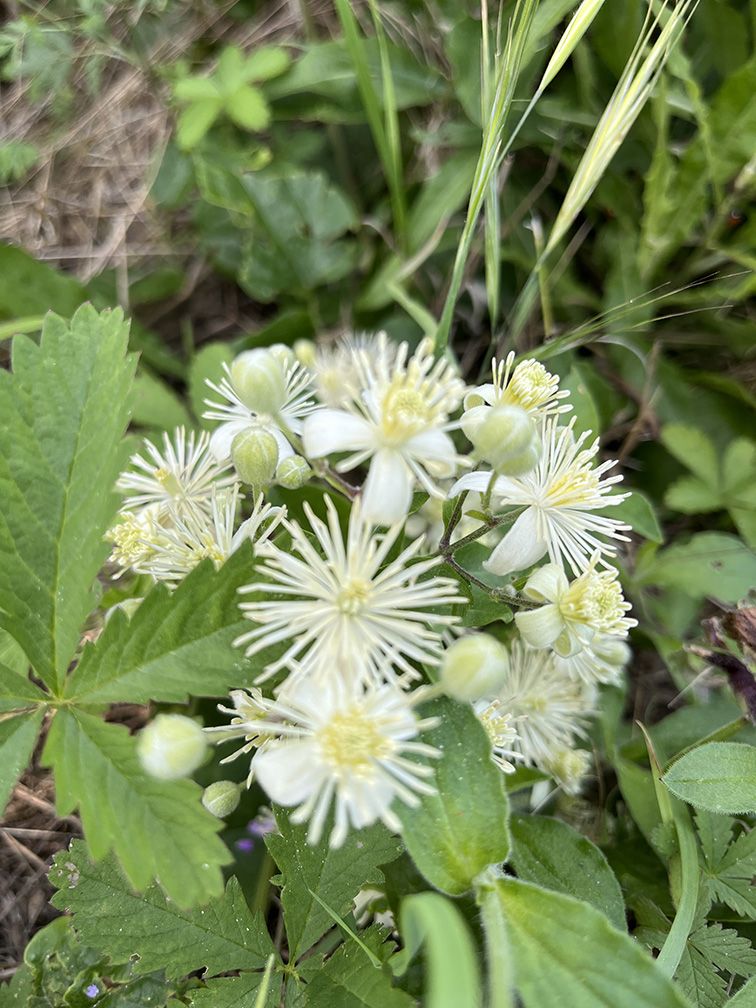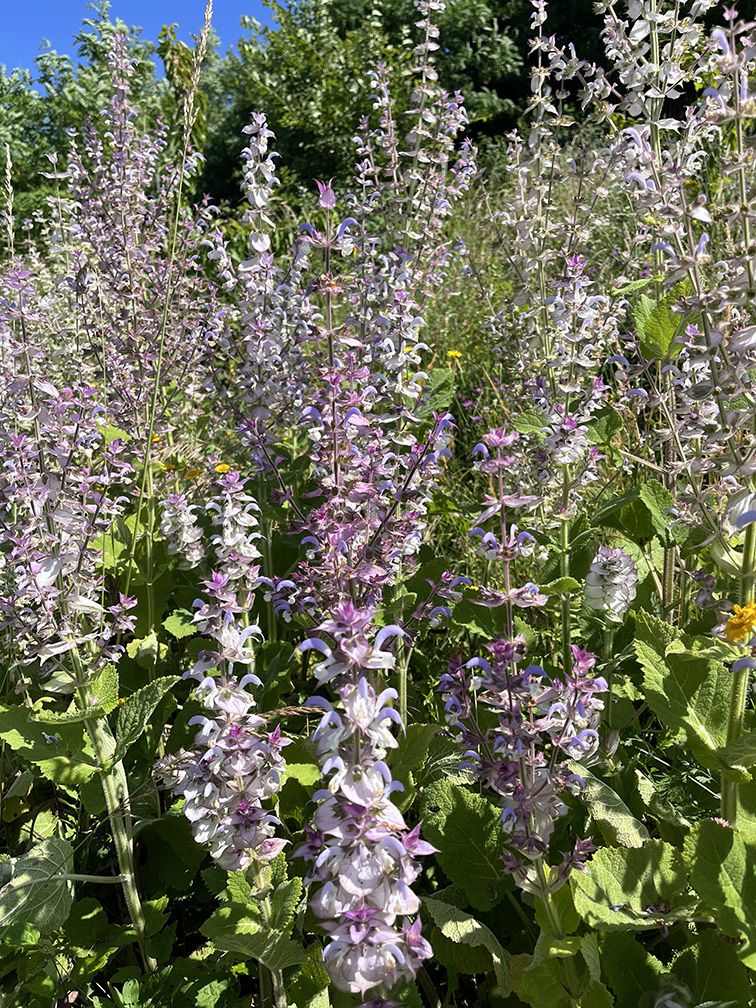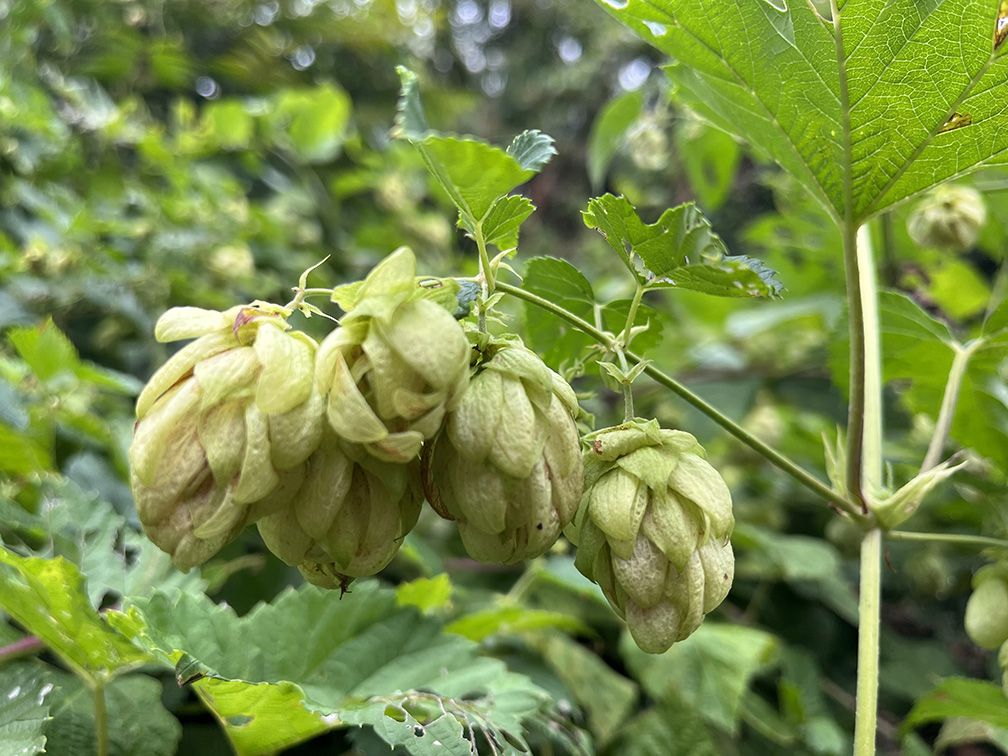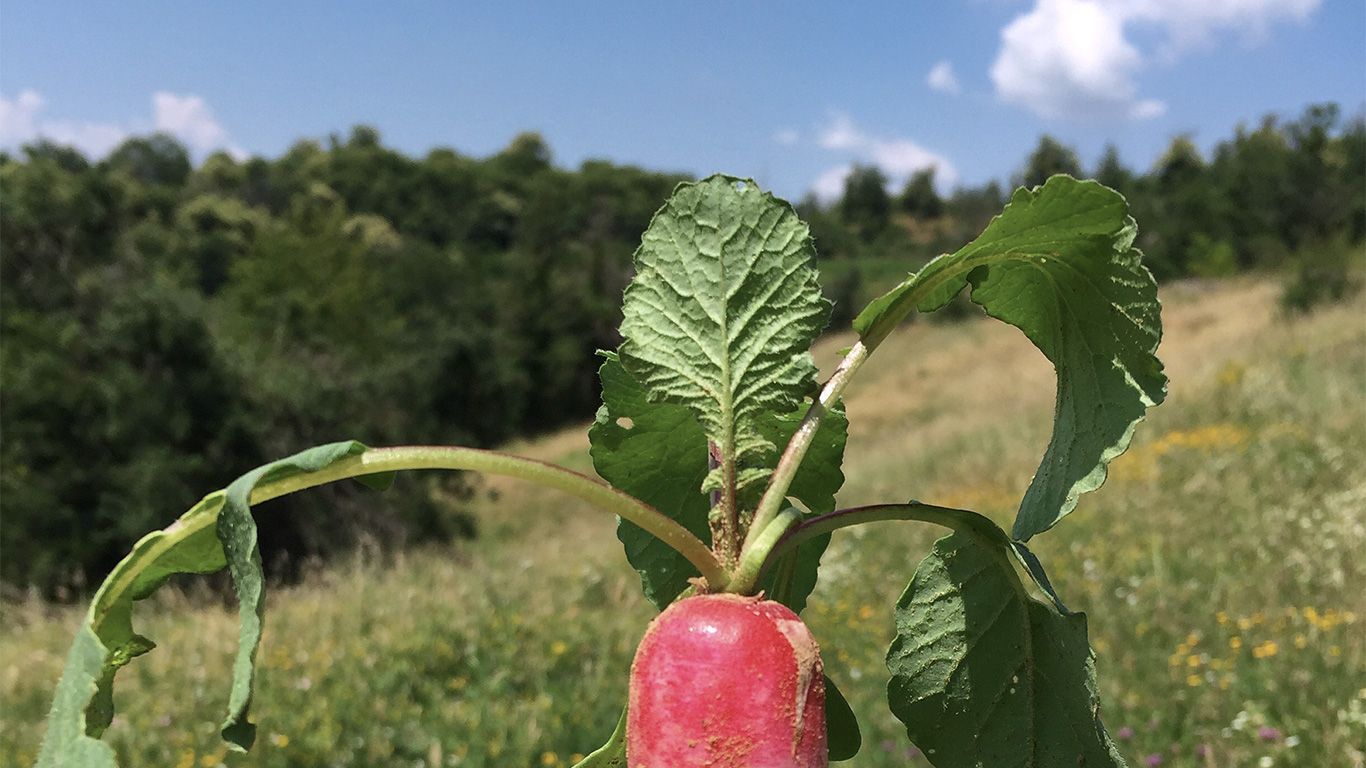
Ca' Inua Farm
The history of Ca' Inua and agriculture was born in the heart of Alessandra and Ludovico's artistic project: Panem Et Circenses.
Since 2012 we have dedicated ourselves with passion and depth to research in the field of food and nutrition, from a multidisciplinary and multidimensional point of view.
This work, step by step, has led us to the desire to experience a direct relationship with the earth and with all the entities and creatures that inhabit it and which are more or less directly involved in our physical nourishment.
We started from permaculture as a design method, a practice that still accompanies us today, and from natural and organic regenerative agriculture for the cultivation of soil and plants.
Little by little we arrived at biodynamic agriculture, an area in which we currently feel comfortable.
The farm is in all respects a living organism with which and in which we live and interact constantly.
A work of attention and awareness of our role as human beings on this planet and of the relationship we can have with all aspects of living things.
We feel like custodians and guardians of this farm, in which we try to reconstruct the fundamental mechanisms of activation of the vital forces of the soil to produce humus and a healthy and vital habitat for plants, animals and people.
Medicinal plants
The relationship with Ca' Inua and its green aspect, as far as Alessandra is concerned, took shape in the relationship with the medicinal plants that grow spontaneously in the meadows and woods inside and around the farm.
Since 2021 I have started studying and practicing Spagyria, the alchemical art of the Western Hermetic-Paracelsian tradition.
A slow work of observation, collection and transformation of plants linked to planetary and zodiac influences in constant connection with the moon and seasonal cycles.
Each plant contains its own special harmonizing quality that can be made available to us on a journey of self-awareness and healing.
Spagyria is a practice of internal alchemy which, as an external effect, produces excellent remedies to be used both on an emotional and physical level if taken with full awareness of what they bring with them.
In recent years I have also been dedicating myself to the cultivation of some types of medicinal plants, especially for the production of herbal teas.
In the autumn of 2025 we will plant our first lavender and labiaceae plant for the production of essential oils, always accompanied by a broad gaze on the earth as a living being immersed in celestial cosmic cycles.
The vegetable garden
In the first years of our agricultural experience we set up and tried to manage a bio-intensive vegetable garden, better known as a "market garden", a system which through natural techniques and measures (green mulch, use of organic compost, intercropping between plants, ...) and meticulous planning and management of horticultural actions leads to lush and abundant production.
We are very strong in planning... much less in meticulous management! And so after a few years, thanks to the choice to convert the organic farm into a biodynamic farm, the garden saw a small revolution and we are now working on its new form: biodynamic synergistic pallets.
In winter 2024 we recovered an old hand-made iron greenhouse which completes the vegetable garden, extending its otherwise quite short season given the shape, location and exposure of Ca'Inua.
The chestnut grove
The heart of the farm is a small chestnut grove that we have been renovating since our arrival.
It always starts from the beginning, at the beginning there was a forest.
It was a mixed forest, typical of the Apennine landscape of our areas, chestnut trees, poplars, oaks, downy oaks, acacias, some hornbeams.
Inside the forest, under the trees, there was what is normal to think of inside a forest, under the trees, among other things a pond, probably a pool dug by old farmers to water their animals, as was typical when the aqueduct was a city thing and up here the farms had to be self-sufficient for survival.
It seems like the beginning of a fairy tale and perhaps it will be.
Inside the forest and under the trees there was a pond and there were mushrooms, lots of mushrooms, "good to eat" as De Gregori sang and as Costantino, our neighbor, always tells us. He came to collect them, he is a great connoisseur of mushrooms and a good person, we immediately became friends, he is the memory of this place.
He was born up here, he remembers everything, his grandfather was shot by the Nazis here, there is a memorial stone that remembers him and every year in August he has a mass said in memory of those who were killed in Ca' di Bue, in one of the many mountain massacres that cannot be counted in our Apennines on the folding of the Gothic line.
He was born up here and used to go to collect figs from the large tree which is located to the east of the house that was Ca' de Magnani and which is now Ca' Inua, the house of the "spirit of all things" (this means "inua" in the Inuit language), our home.
The forest of Constantine's mushrooms and the pond that watered the animals is no longer there and the mushrooms are no longer there and the pond has dried up.
It is not the story of a great catastrophe, it is the image of a small piece of forest that was there and is no longer there, it is a trace, a sign, a havoc of Nature, the paucity of small people, a drama that is great and universal because it embodies the widespread, very widespread dimension of our disconnection from Nature.
Lorenzo and Tommaso, dear friends of ours who have a house on the north side of the same mountain on which we live, tell us that they remember the noise of the chainsaw, incessant, for days and days, from morning to evening.
We remember exploratory walks to understand what all this cutting was about, we remember piles and piles of wood "that you had to climb to get to the other side".
This story is recent, we don't go back many years, it was 2014 and the old property had entrusted itself to an agronomist because instead of that old unproductive forest they wanted to plant a beautiful fruit chestnut grove, you can also find Montesevero chestnuts for 12 euros per kilo in the center of Bologna.
The first cultivation operation is to REMOVE the trees because "the topsoil of the chestnut grove is in highly naturalized conditions, in a very advanced stage of renaturalization" and this is bad.
As it is, as it is not, together with the poplars, the oaks, the downy oaks, the acacias and some hornbeams, in the end the chestnut trees also fell, nothing was left standing, the chainsaw sang for weeks, the stacks piled up, the forest disappeared.
In the meantime, the old property was forced to sell and we have collected, together with the wonder of this place, this sad and wicked legacy.
But since then the chestnut grove has grown, year after year, season after season, in a great work of mutual care.
Now half of the chestnut grove has started to give us some chestnuts in autumn, in the mushroom seasons we get some satisfaction and in the summer we enjoy a bit of coolness among the plants.
Work in the chestnut grove will never give an adequate economic return for the effort but at every moment it fills the heart, the belly and the eyes with wonder, love and a sense of belonging, and for this we will always be filled with gratitude.
The orchard and small fruits
About a hundred fruit trees form a harmonious seven-row amphitheater at the entrance to the farm. Apple, pear and plum trees of ancient varieties are planted following the contour lines, according to a permacultural technique of optimization and management of the very scarce water resources in Ca'Inua.
We planted the plants in the winter of 2019. A small irrigation system draws from the phytoremediation pond which collects rainwater and waste water from the house.
Thanks to this we are able to guarantee the survival of the trees, to help their growth and maintain their health we work with biodynamics and permaculture.
Since 2024 we have started to harvest some apples and pears, the plums are still waiting!
With the same principle and the same techniques we are growing some rows of small resistant fruits:
- redcurrants,
- blackberries,
- gooseberries among which we have transplanted small dogwood,
- rusticano and willow plants.
